Begijnhof, 8000 Brugge, Belgium
- Transmission 7-Speed Automatic
- |
- Drive Rear Wheel Drive
- |
- Mileage n/a
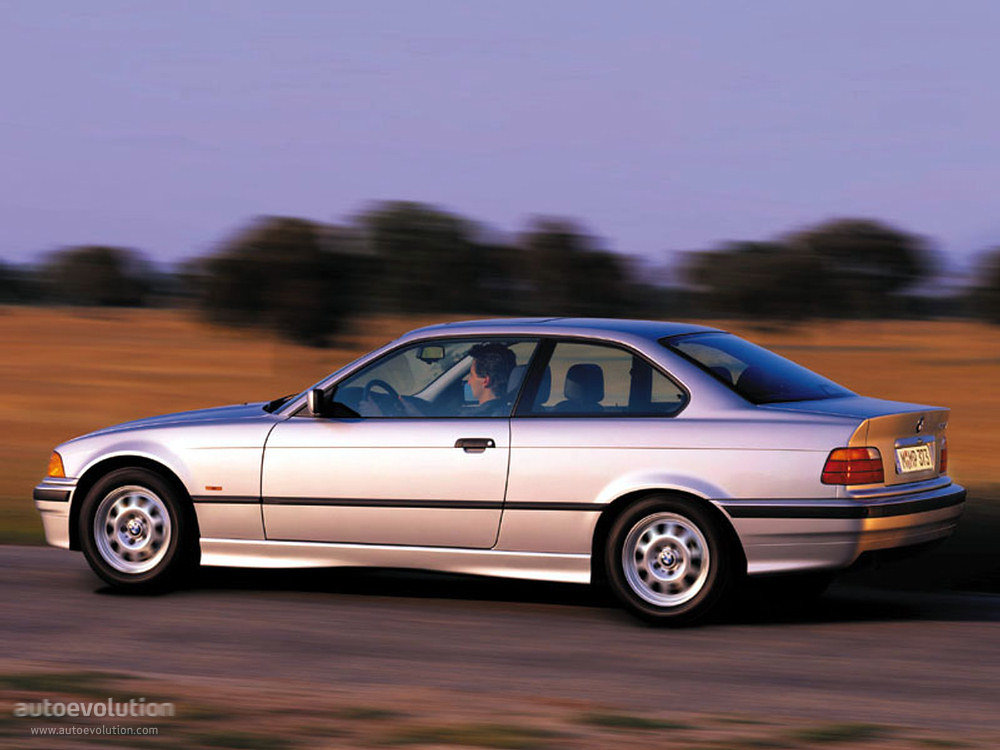
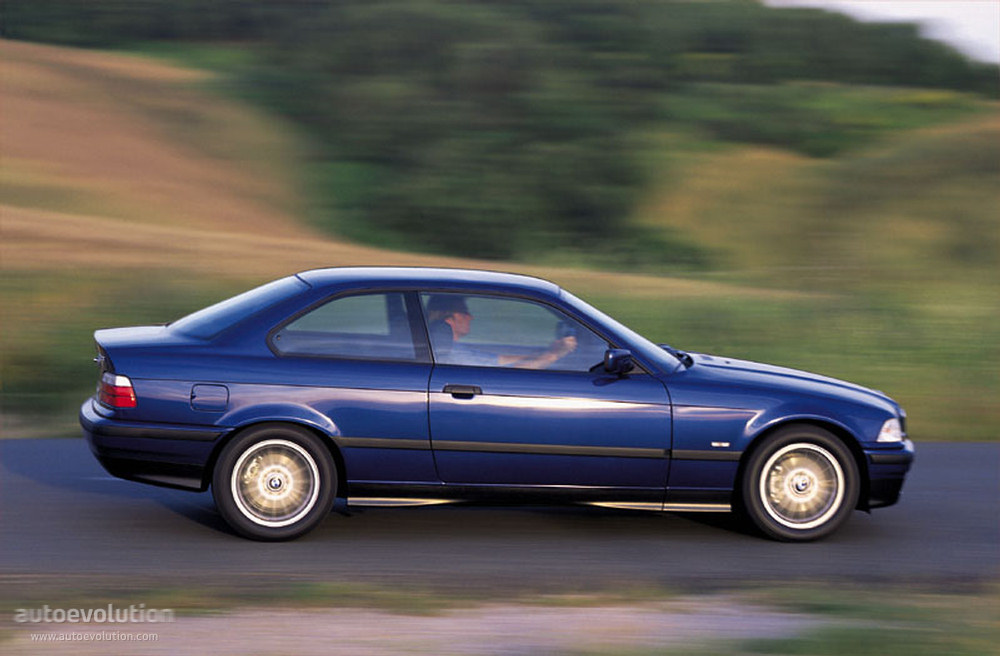
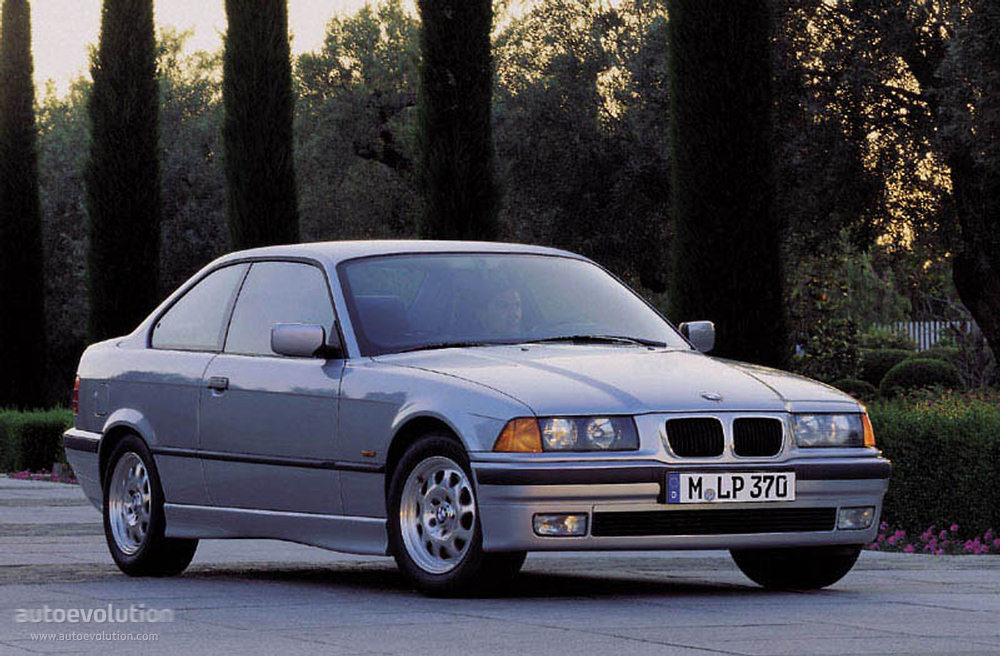

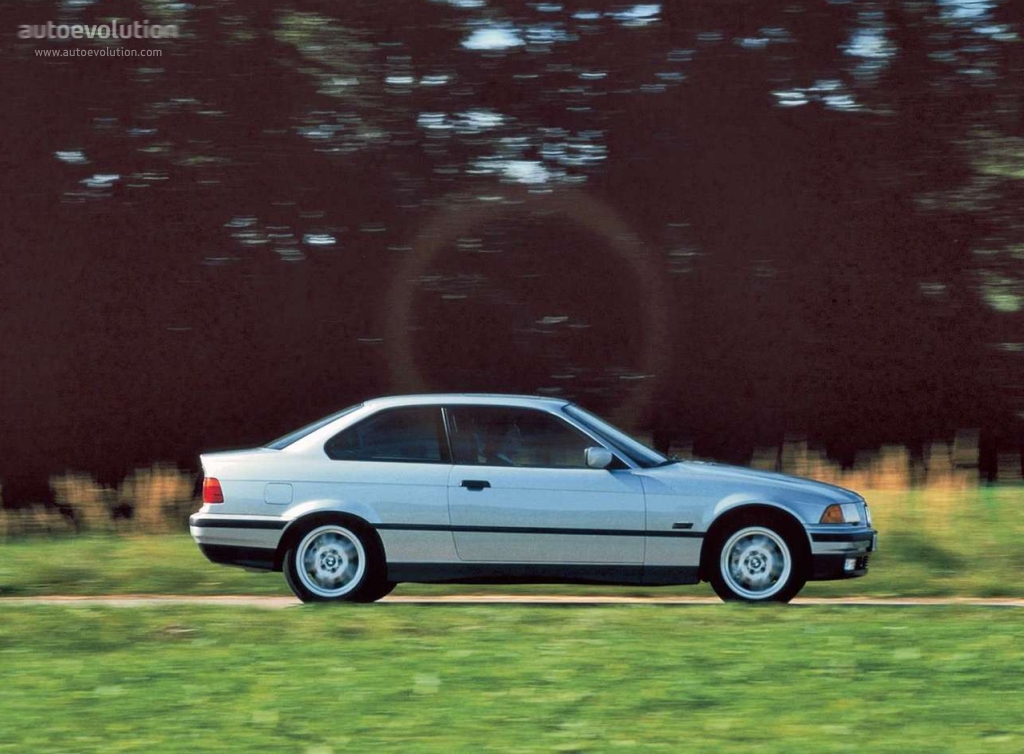
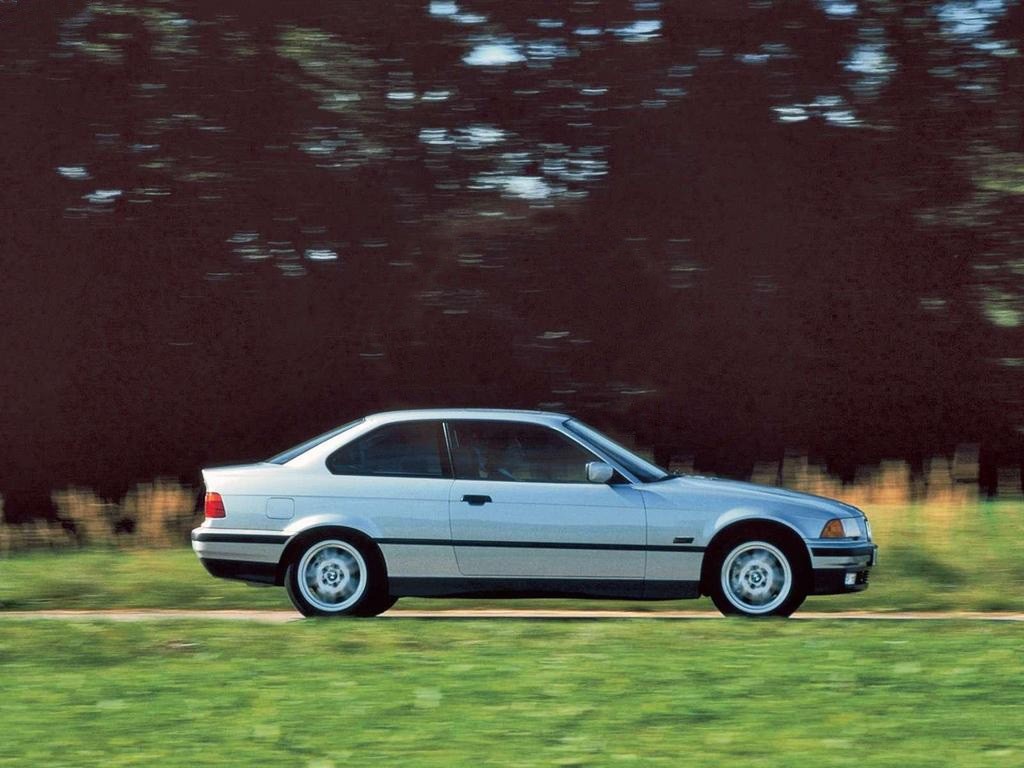
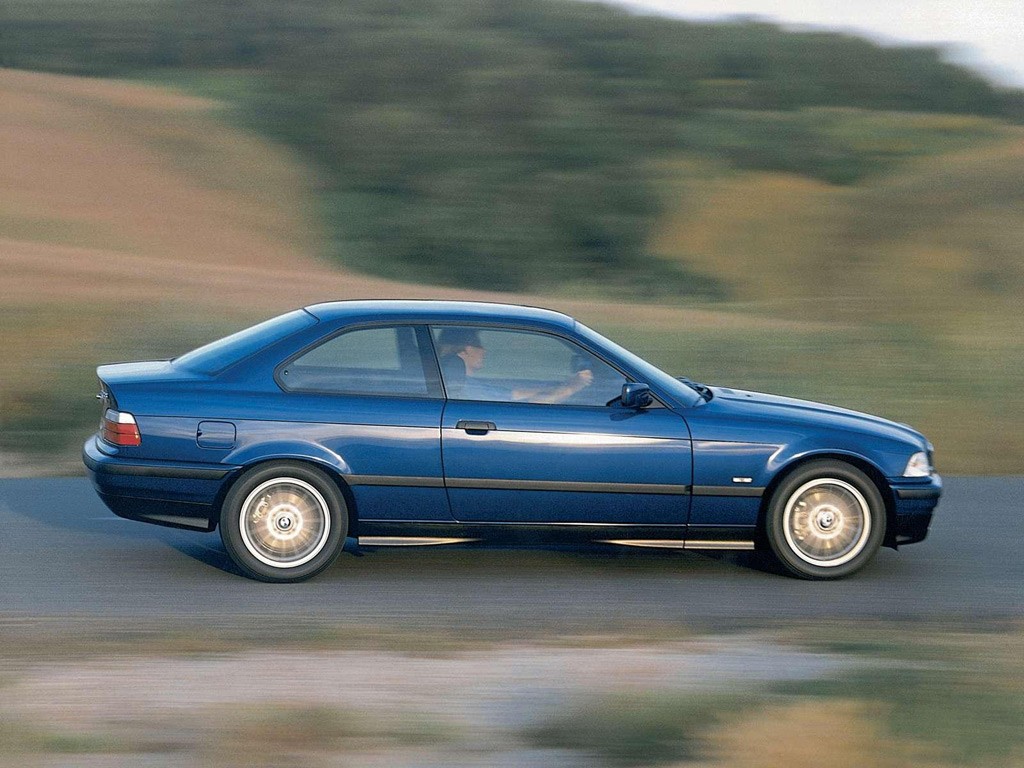
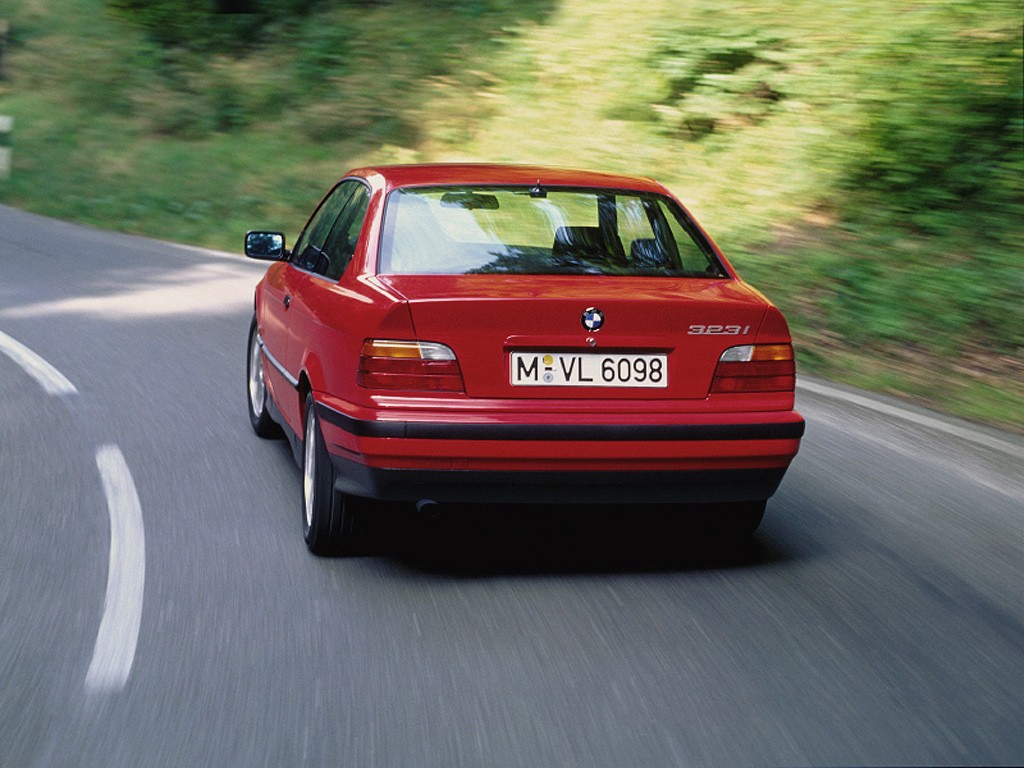
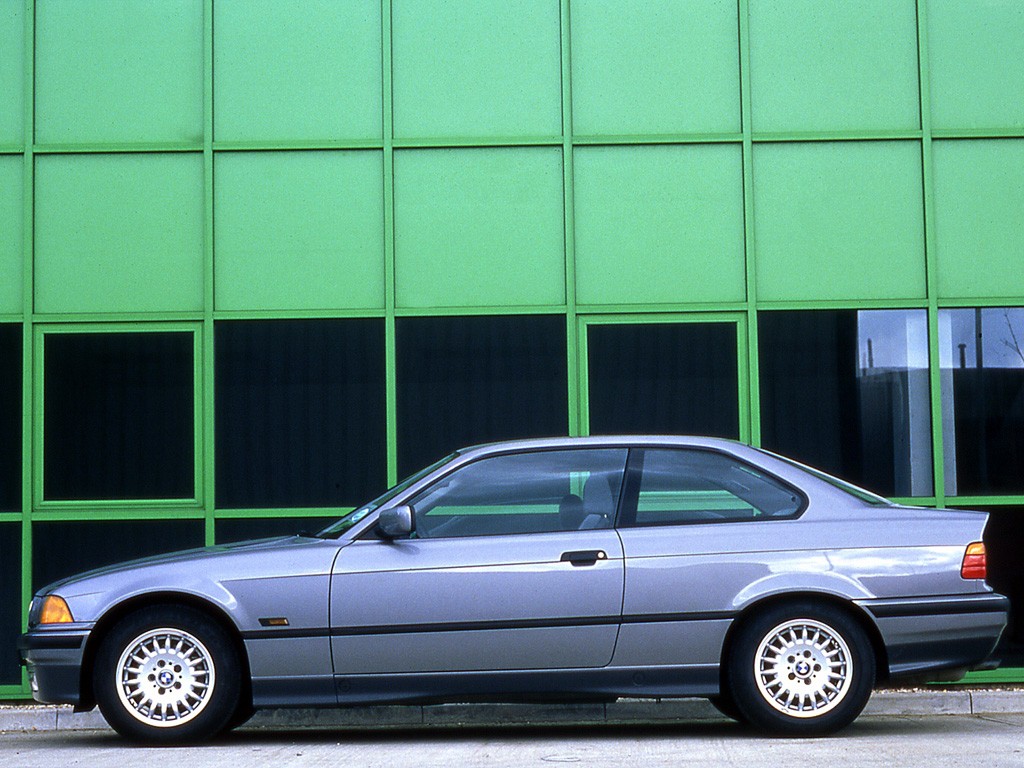
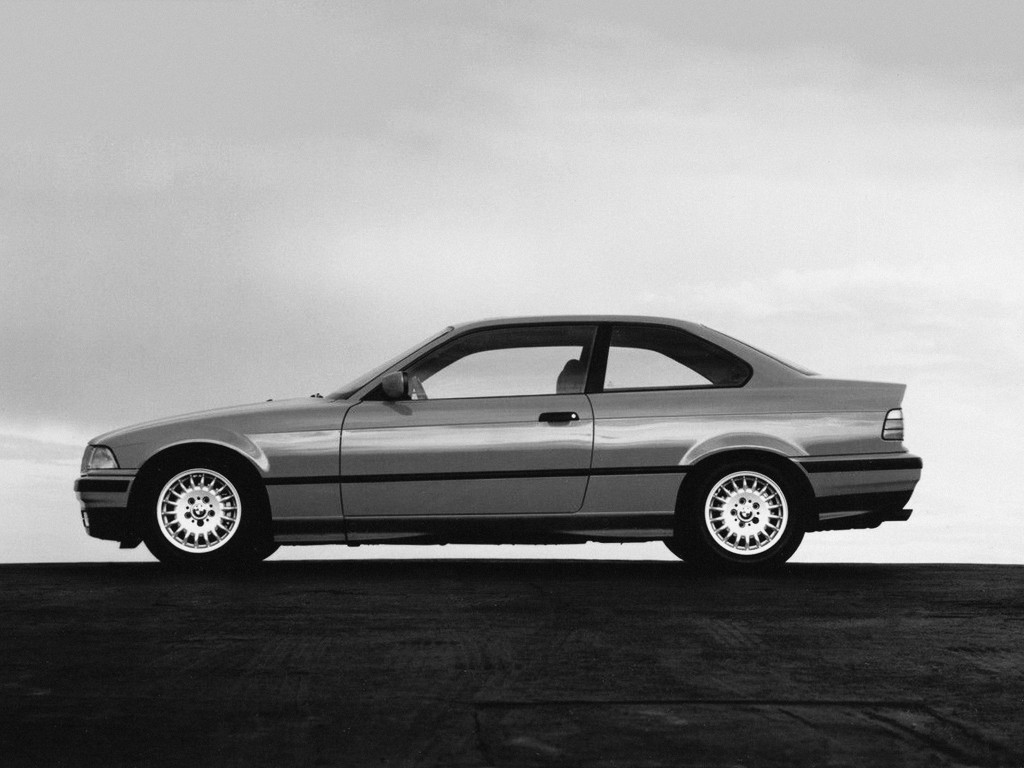


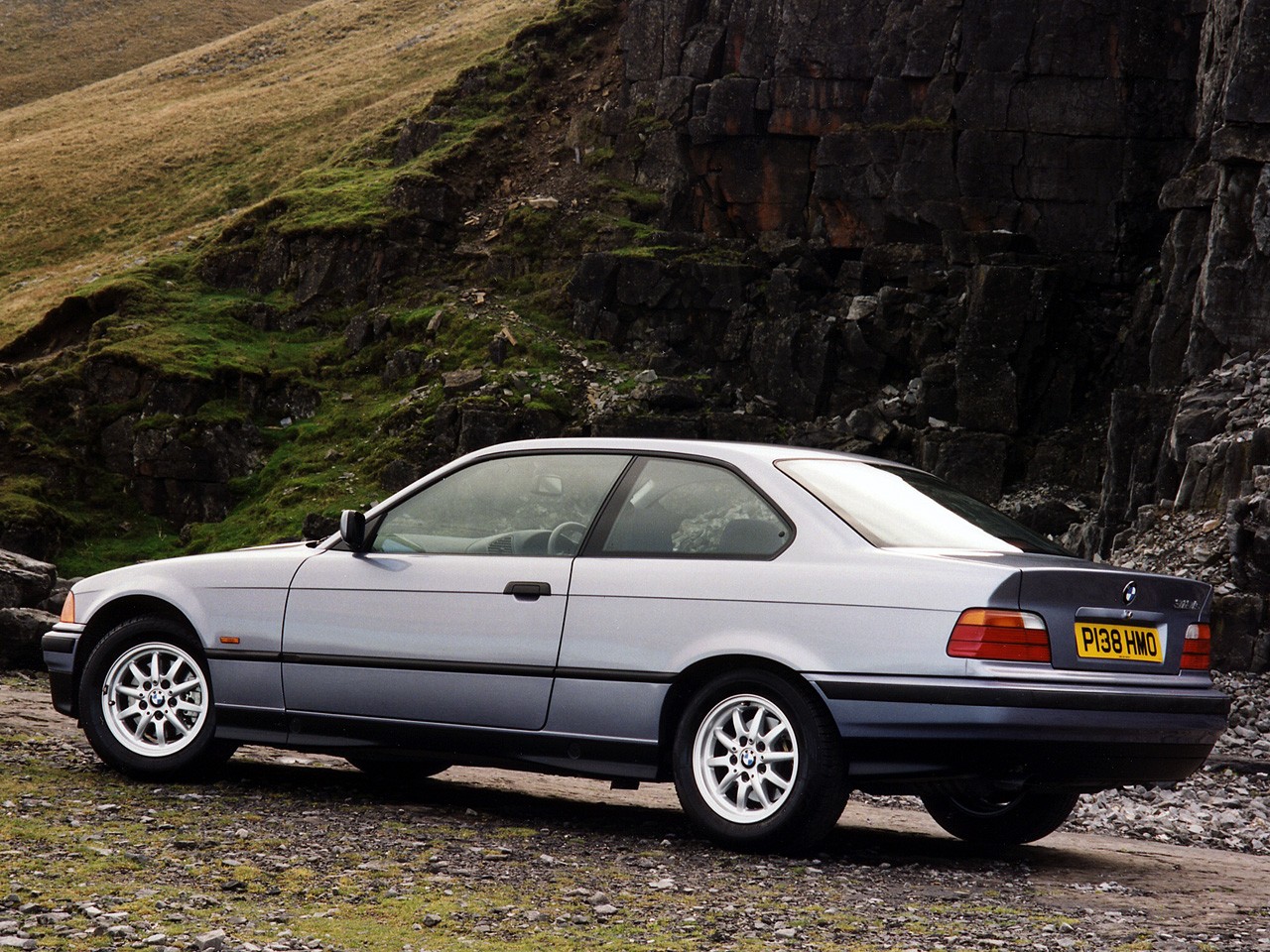
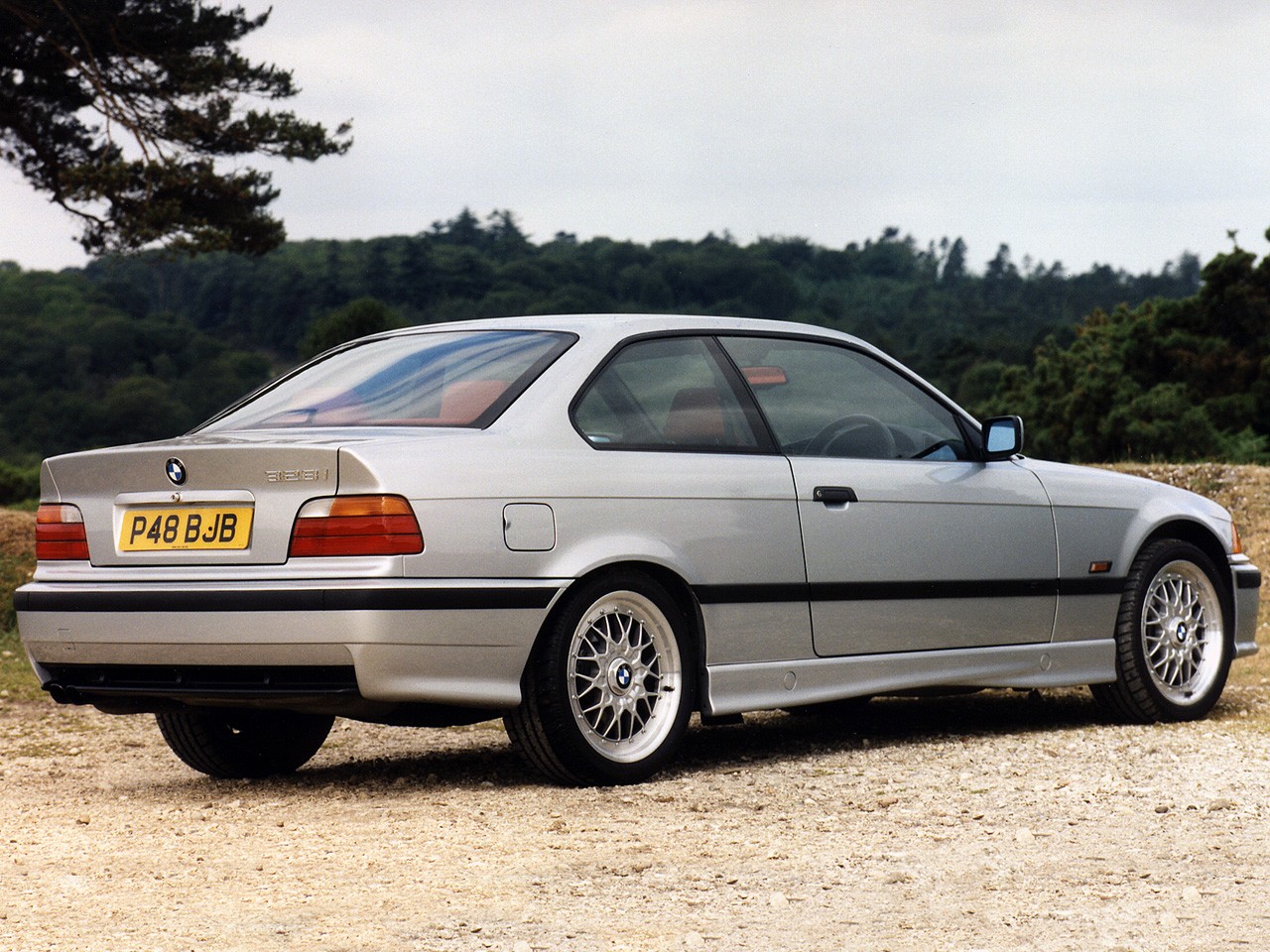
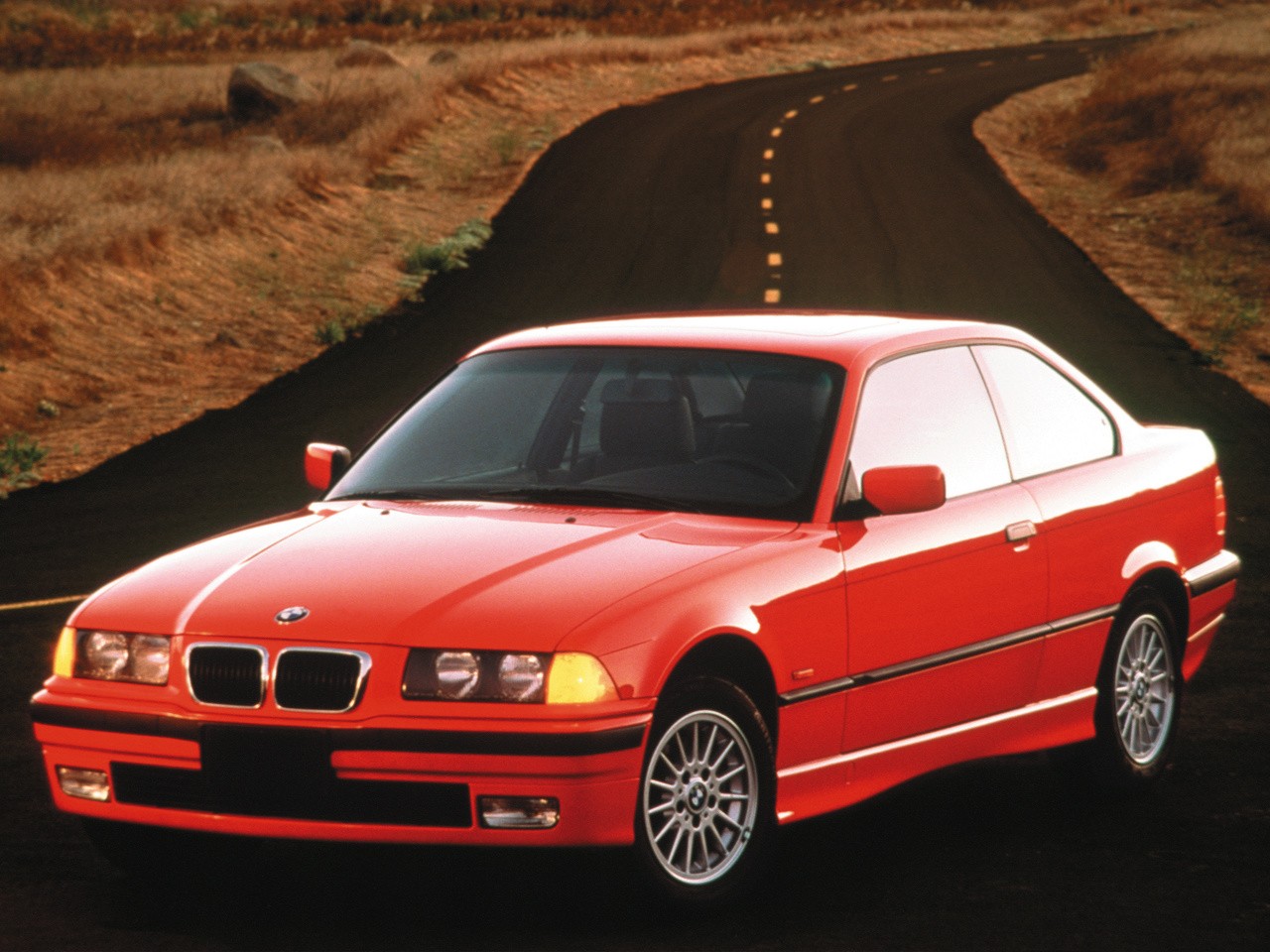
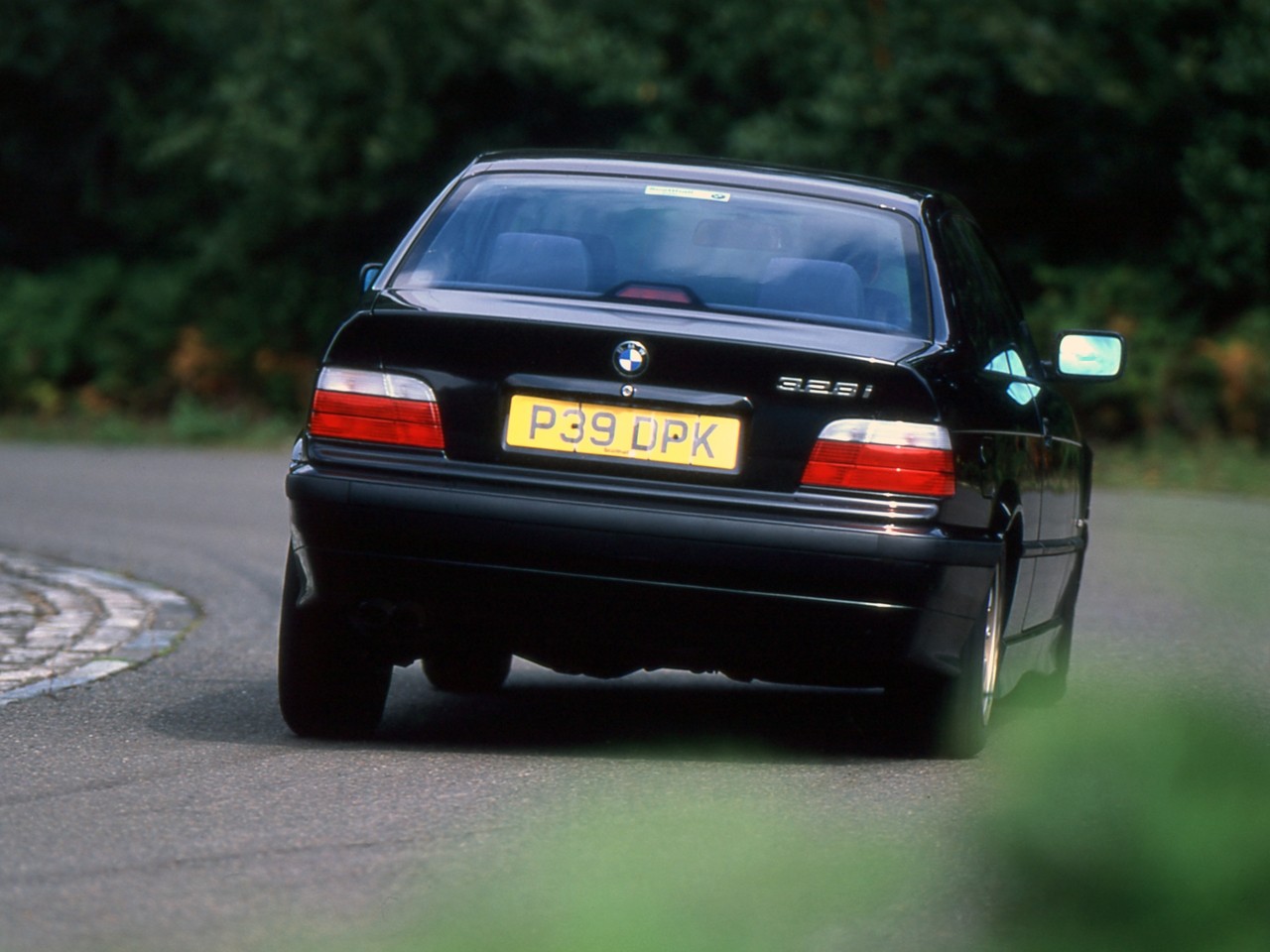
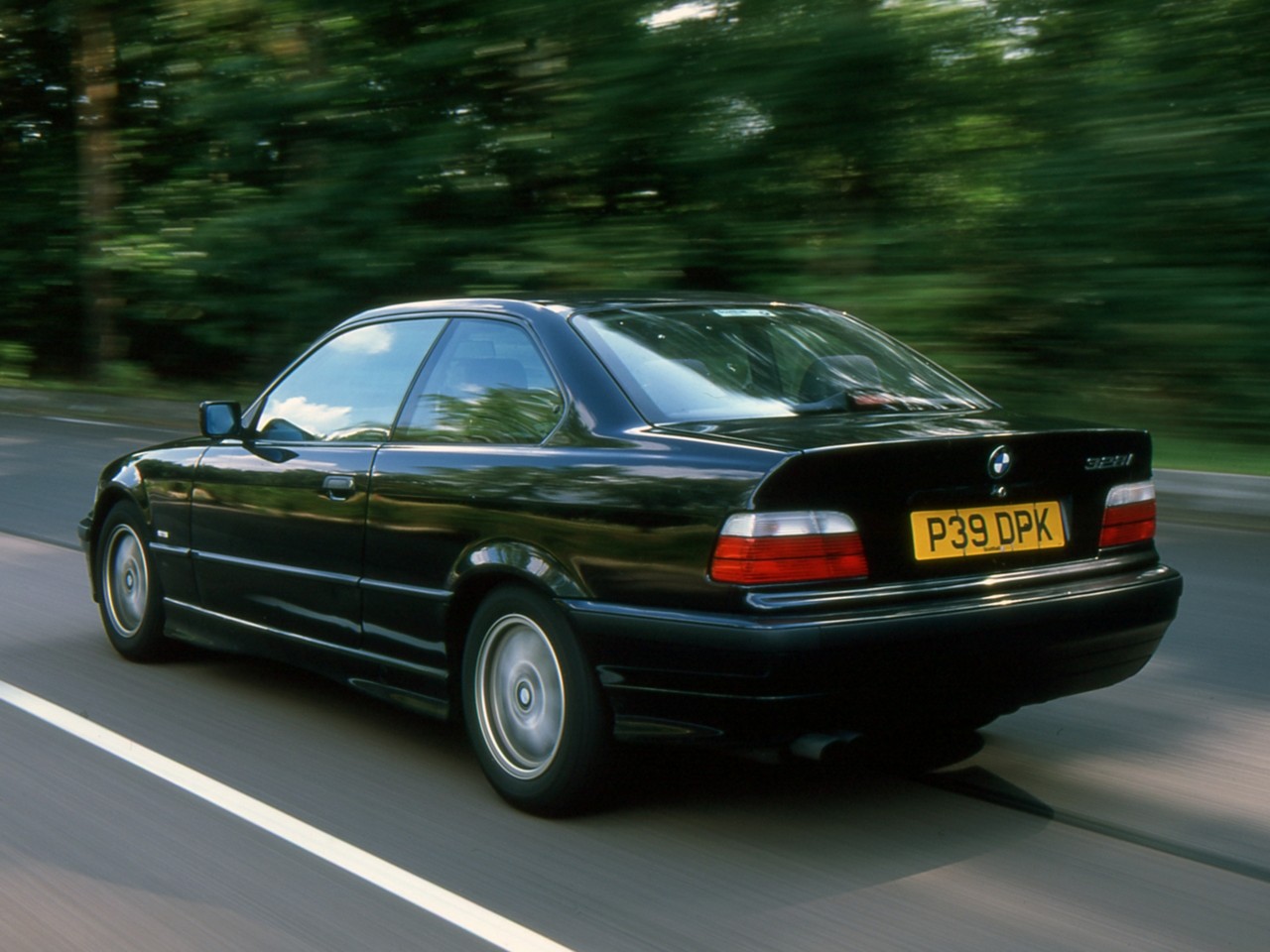

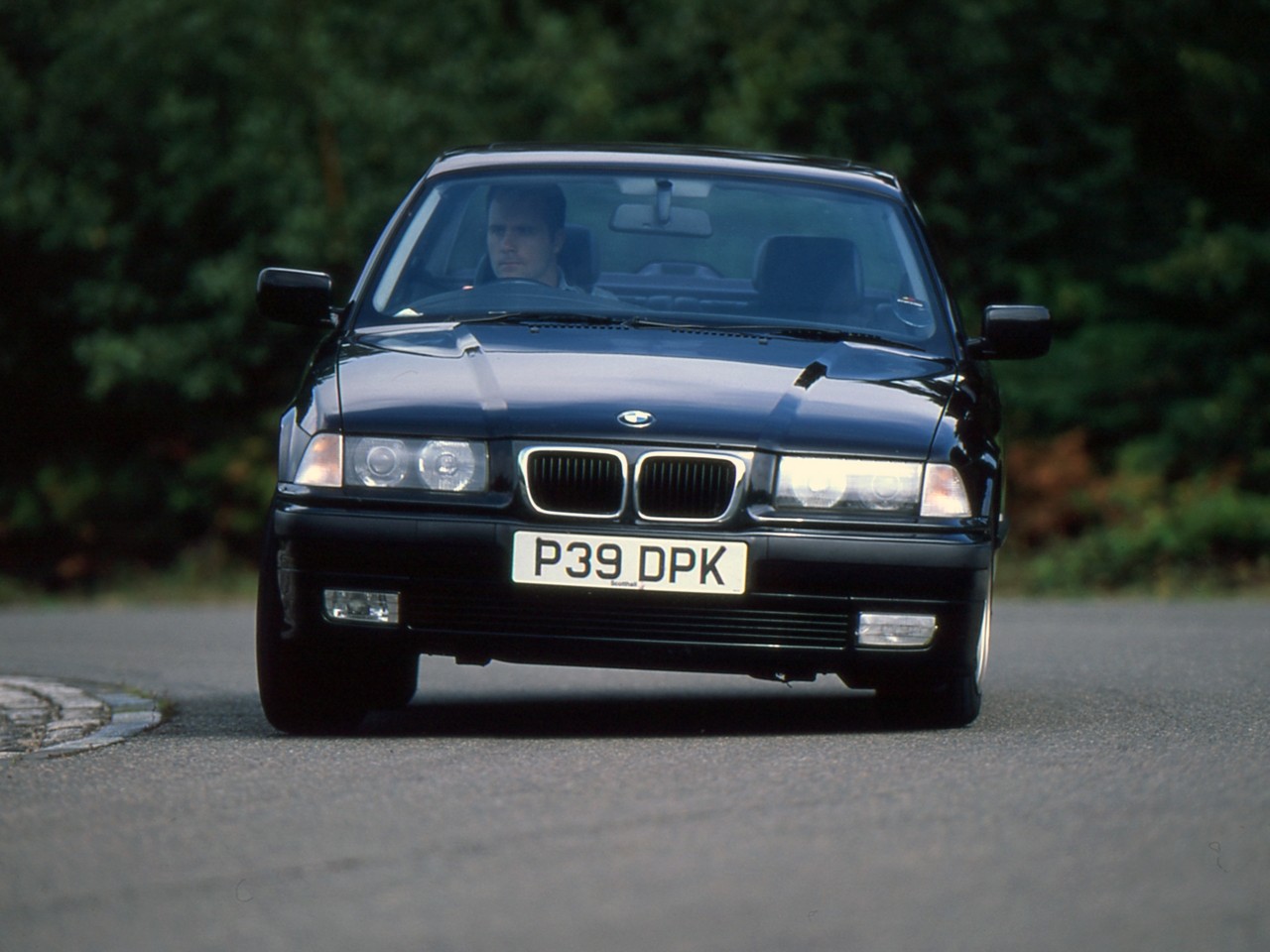
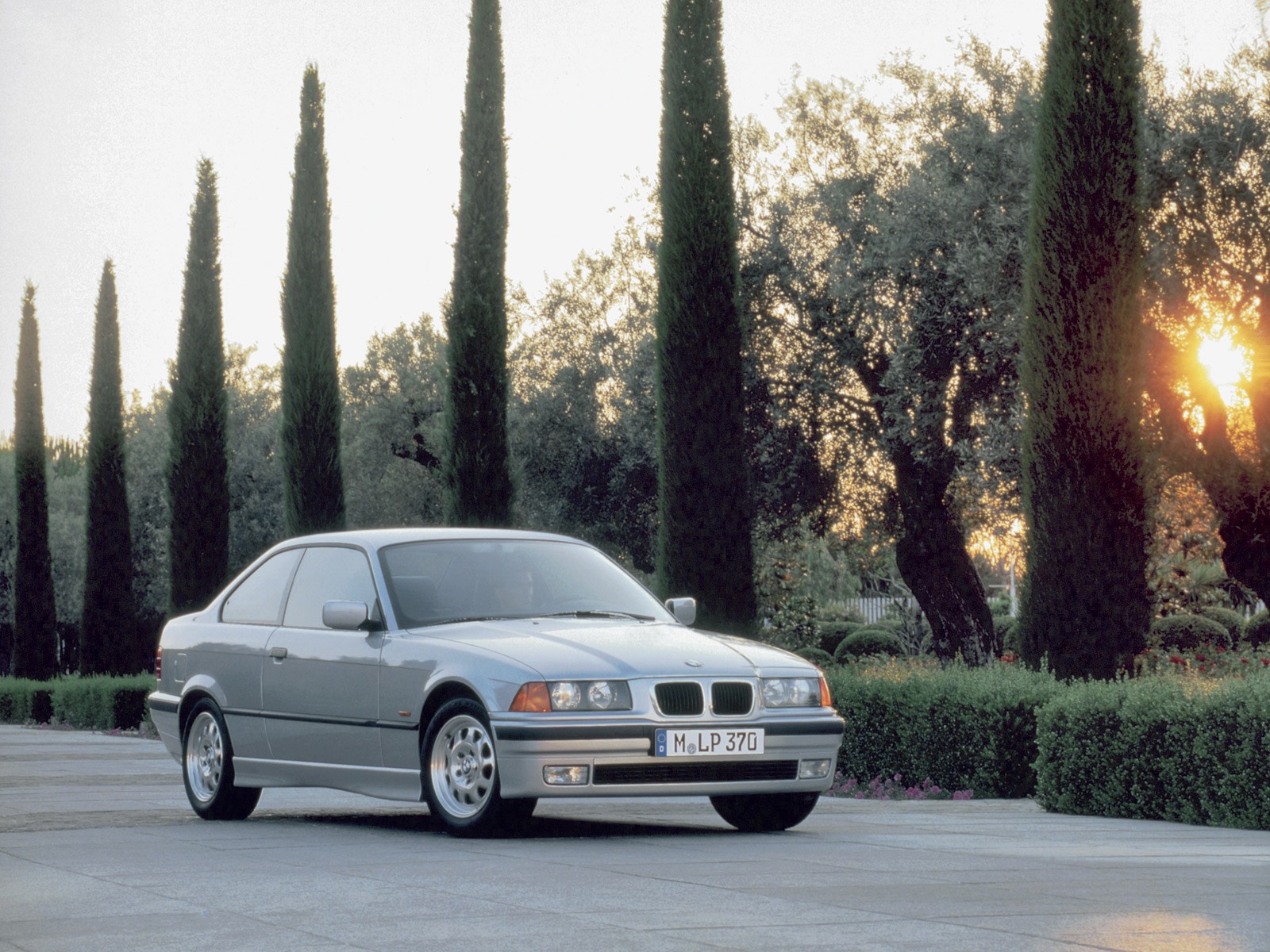
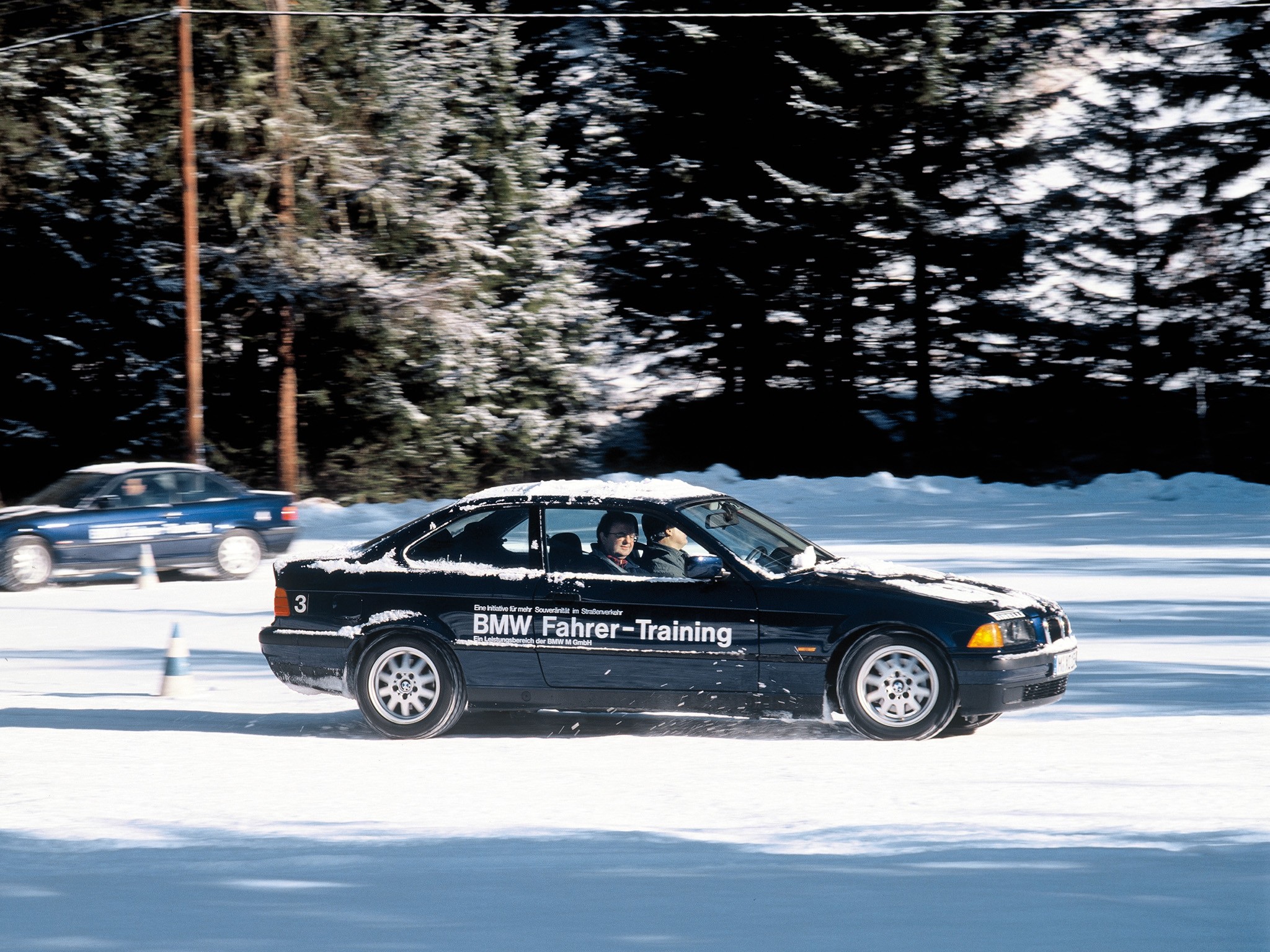
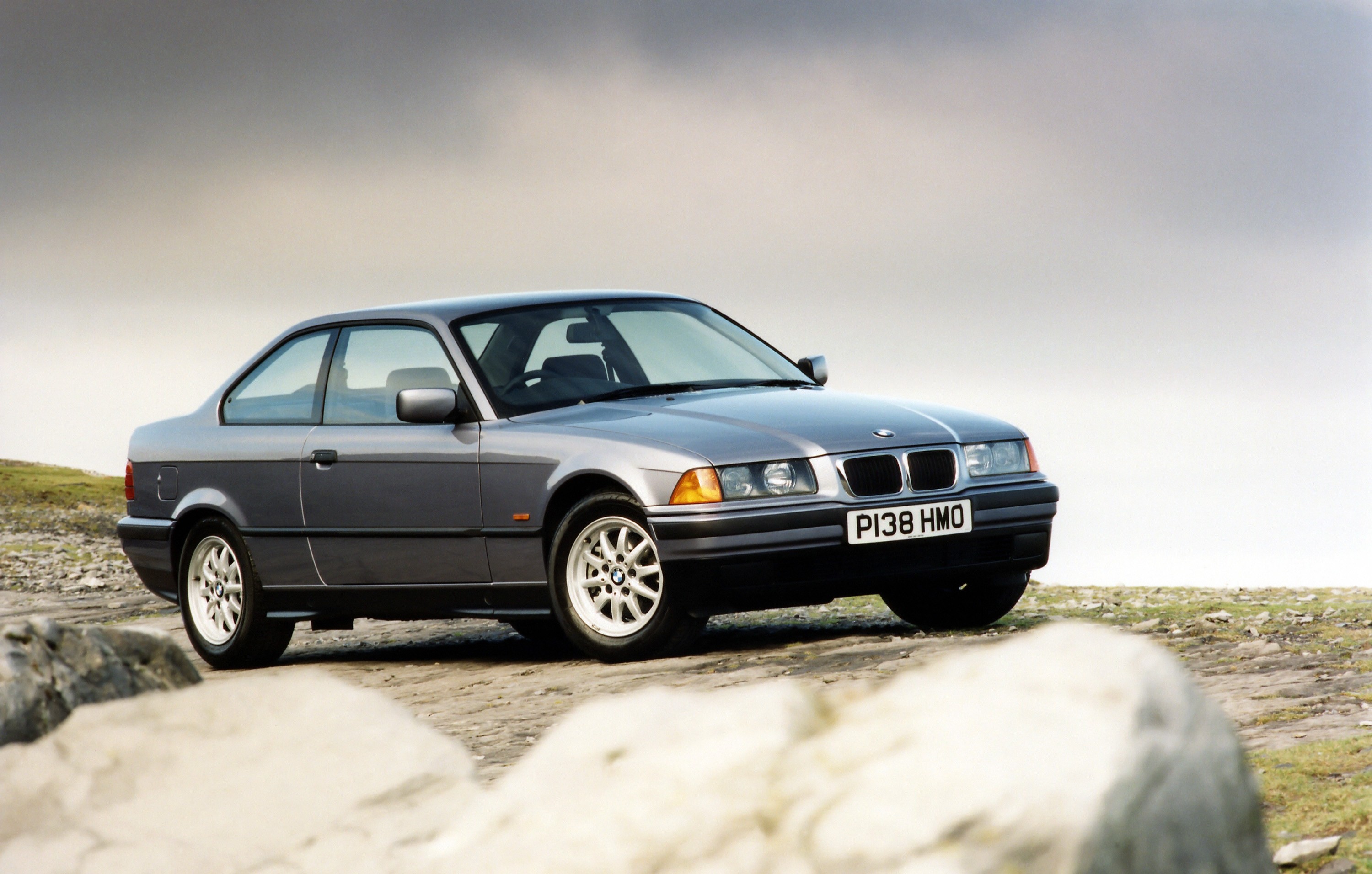
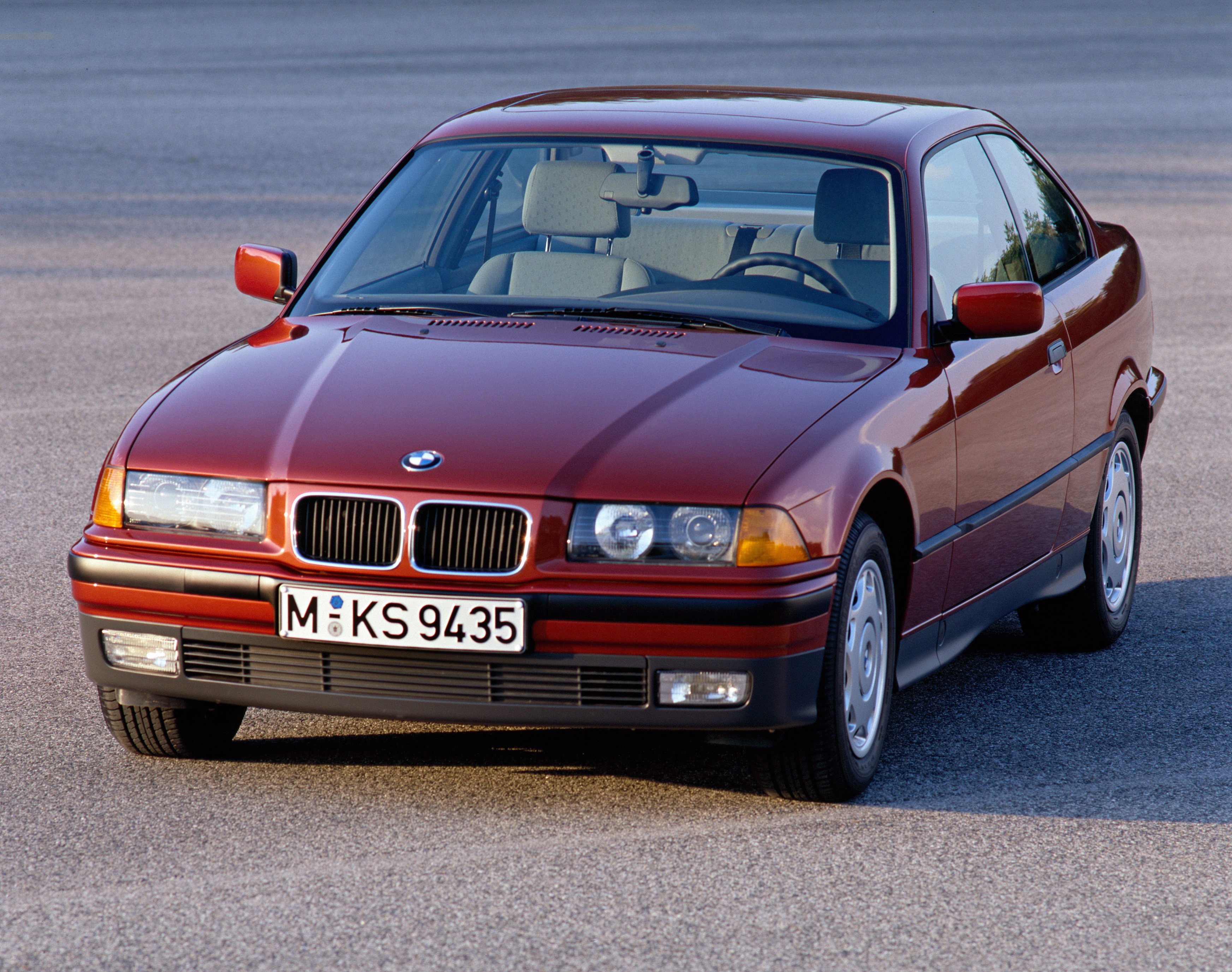
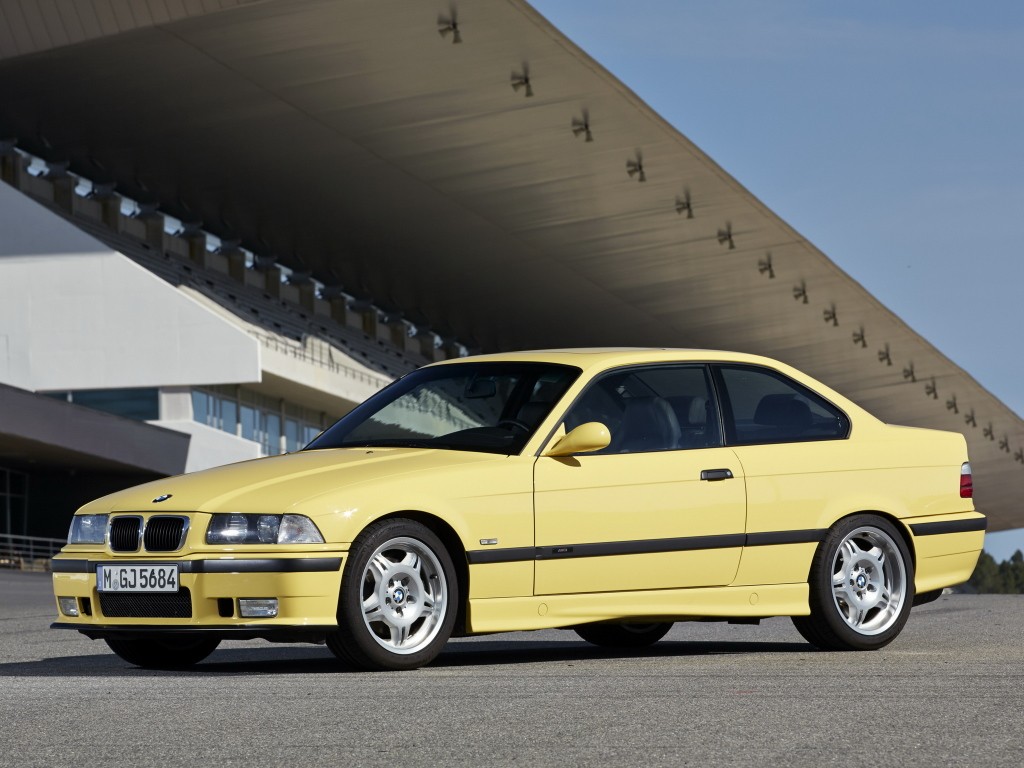
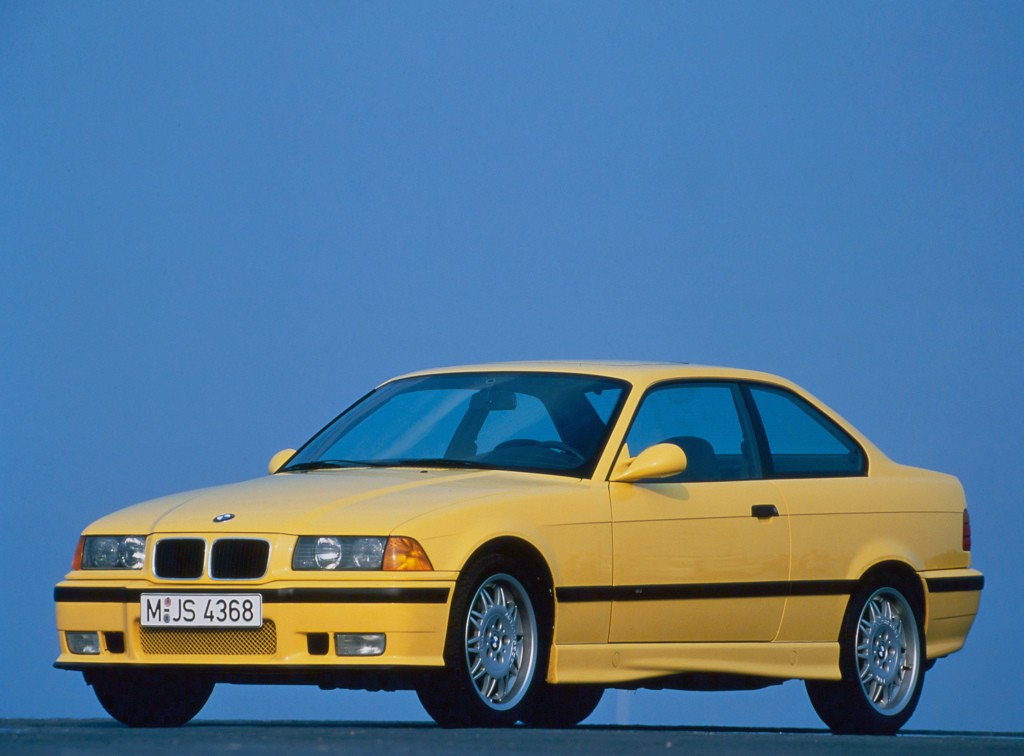
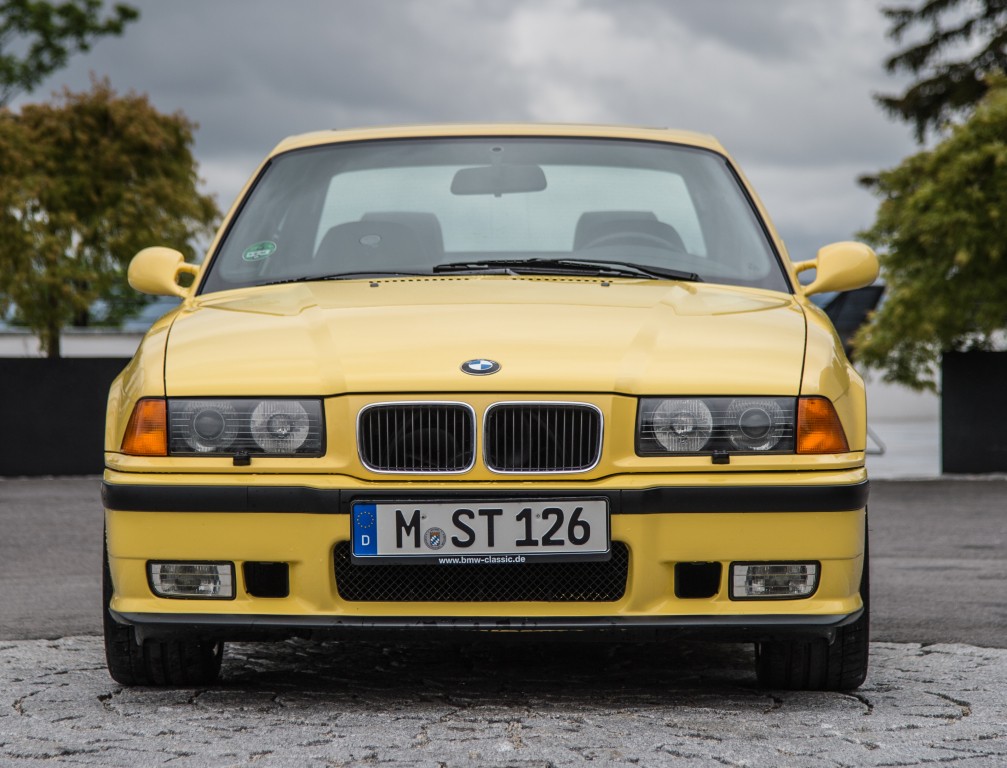
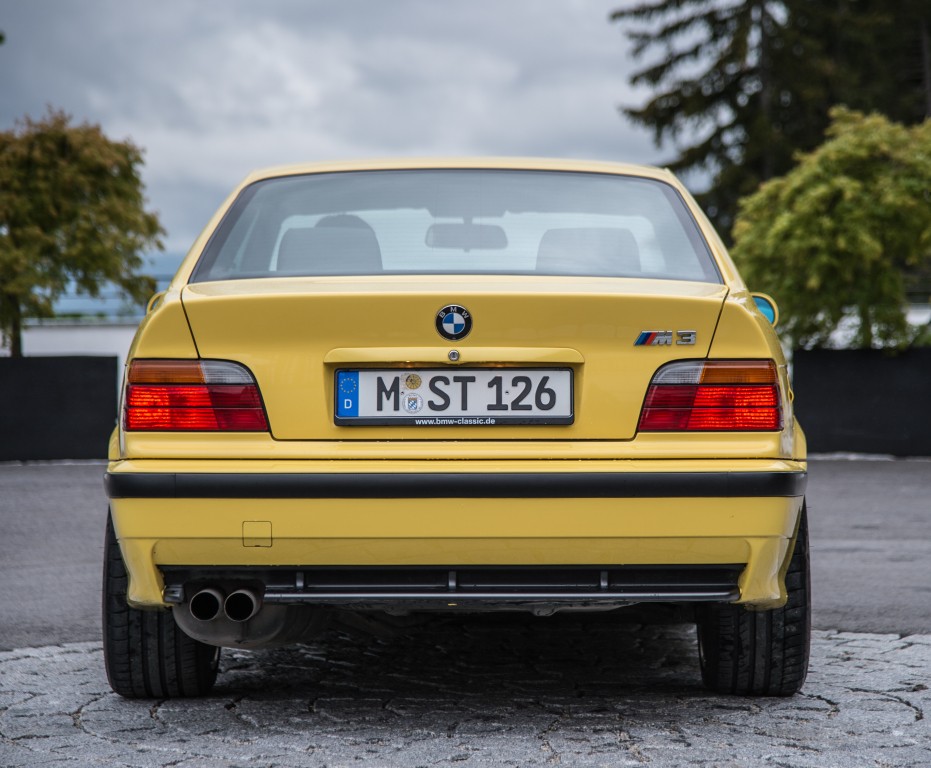
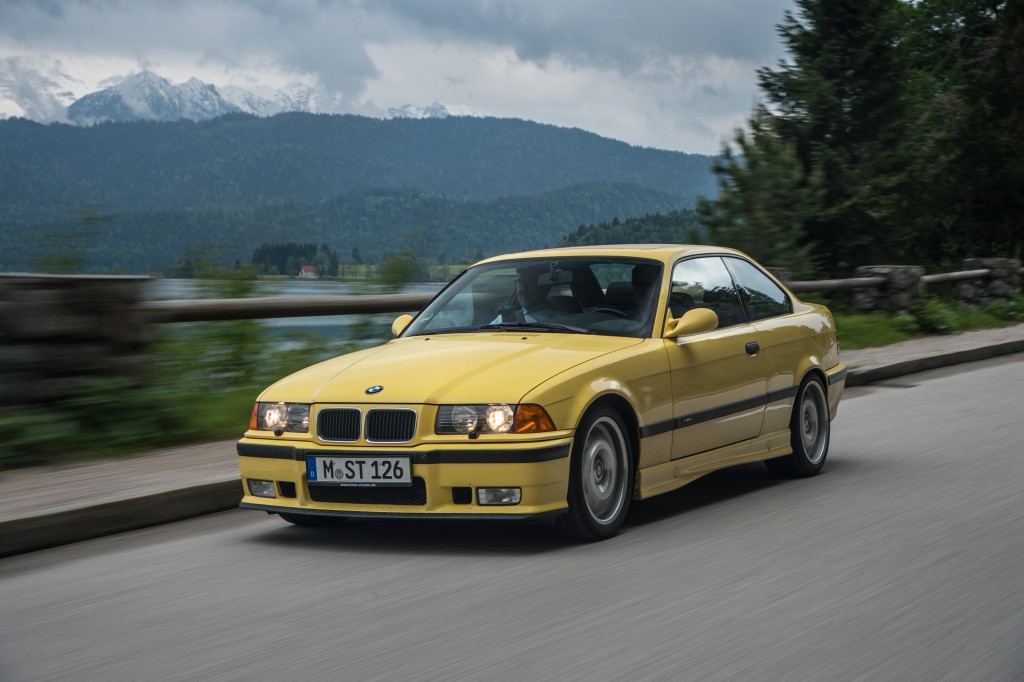
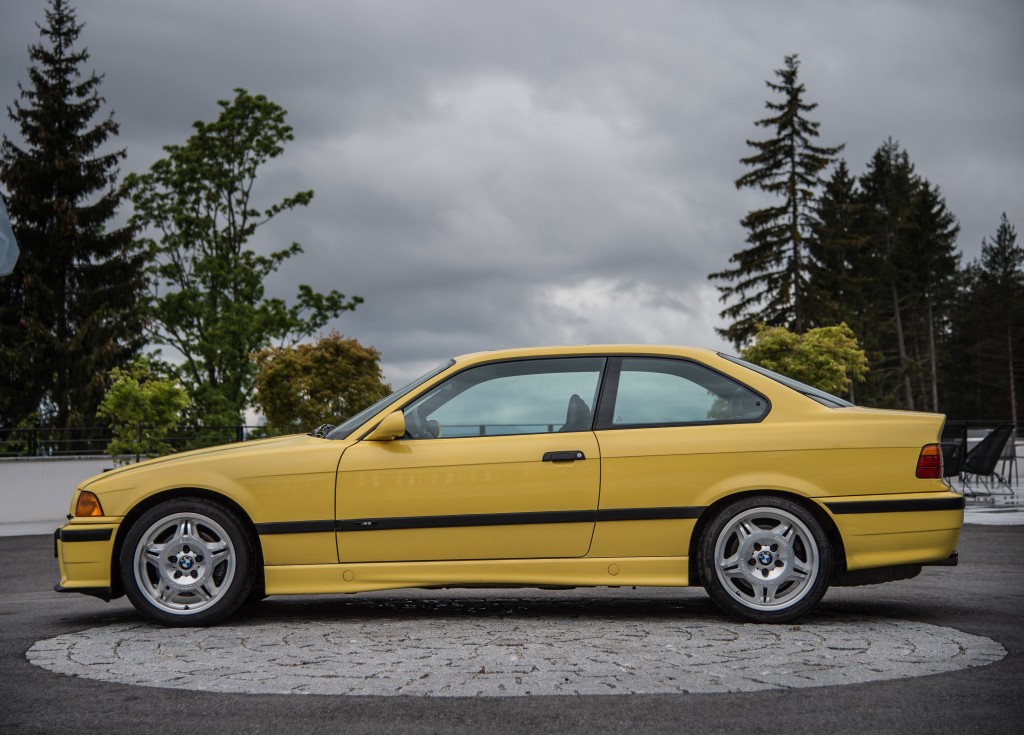
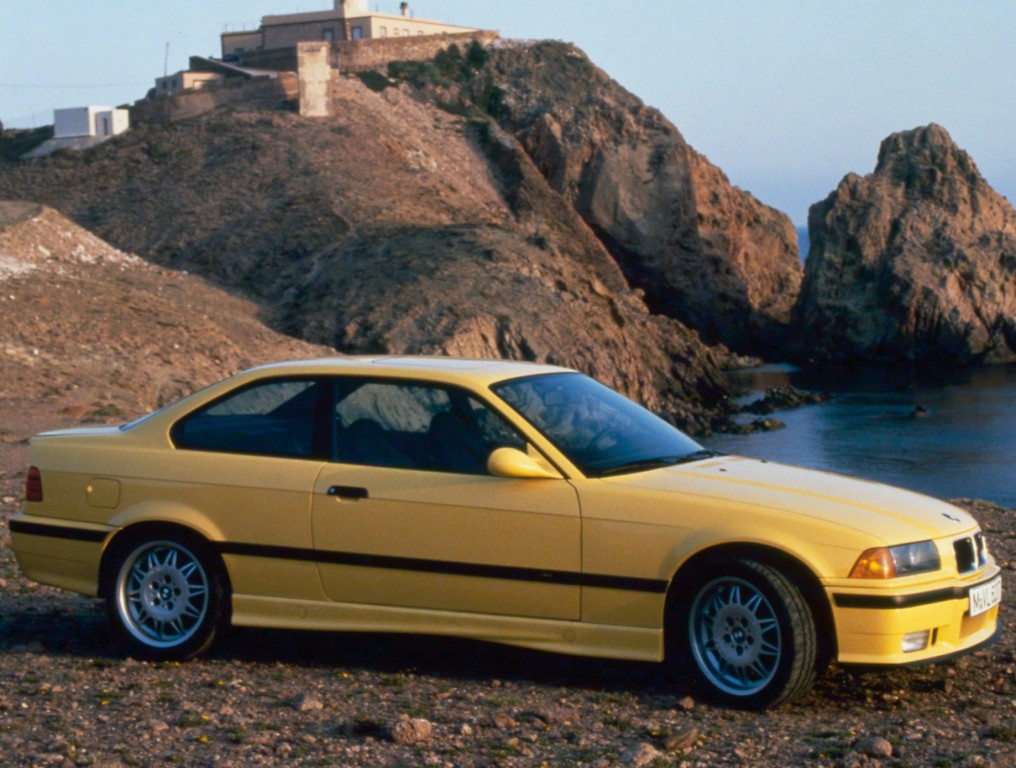
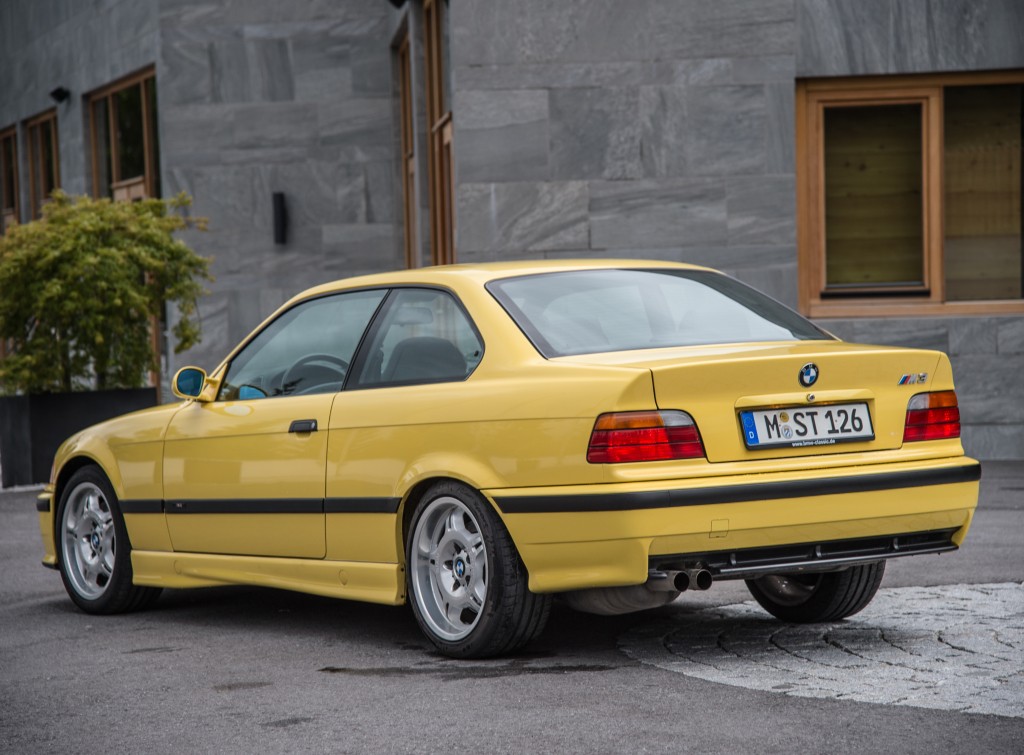
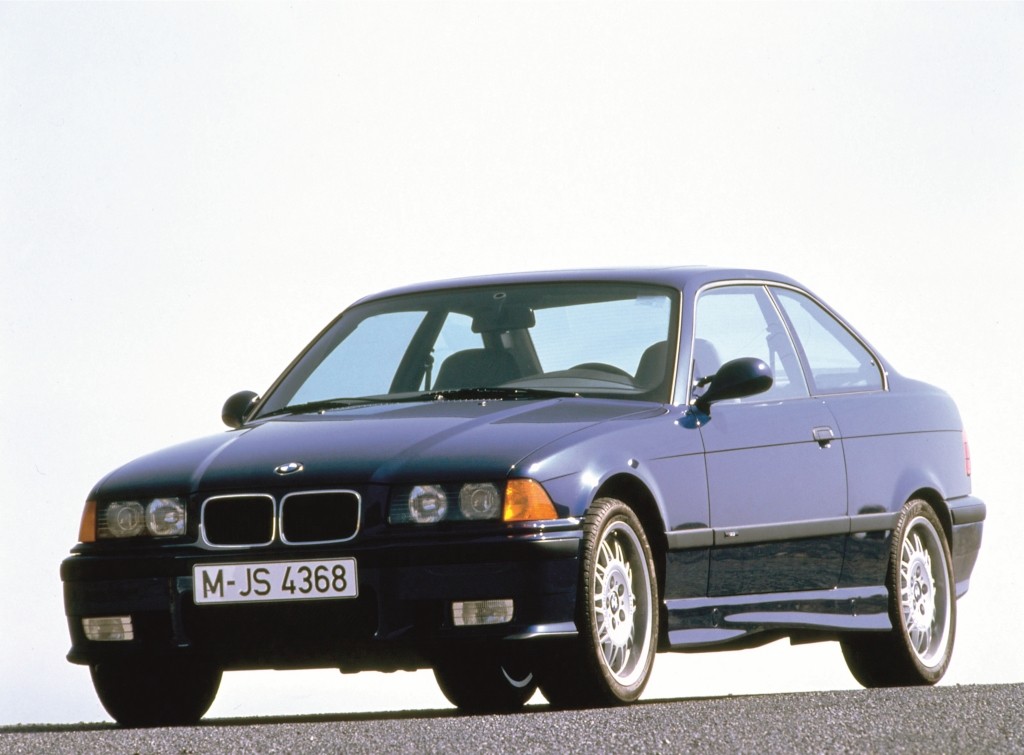
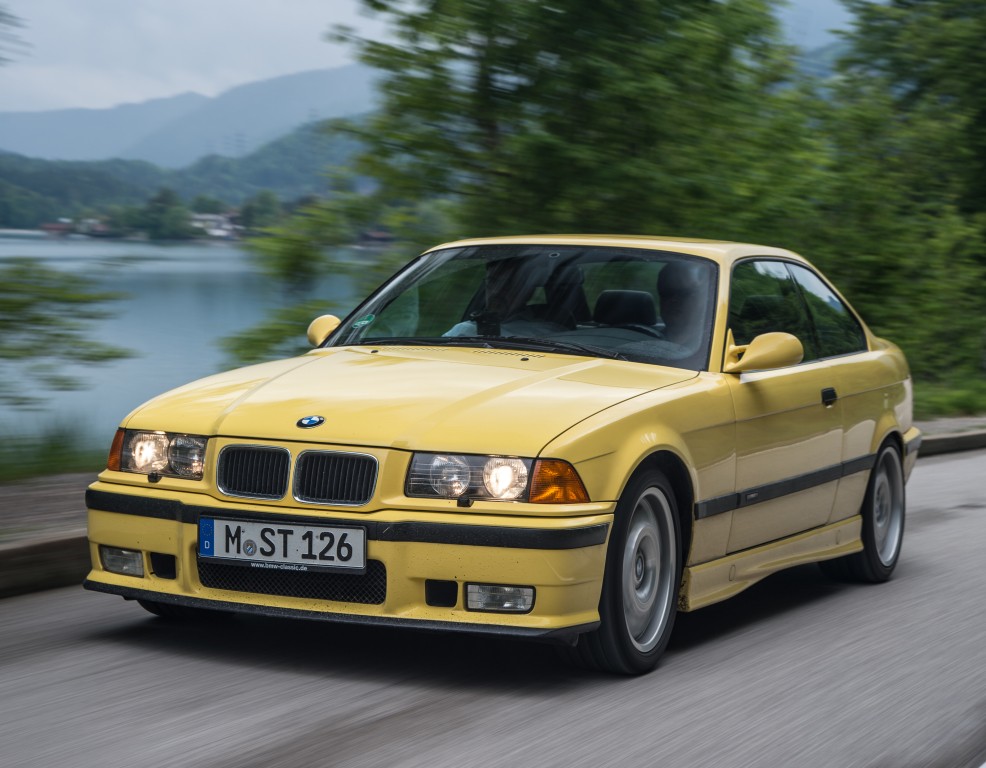
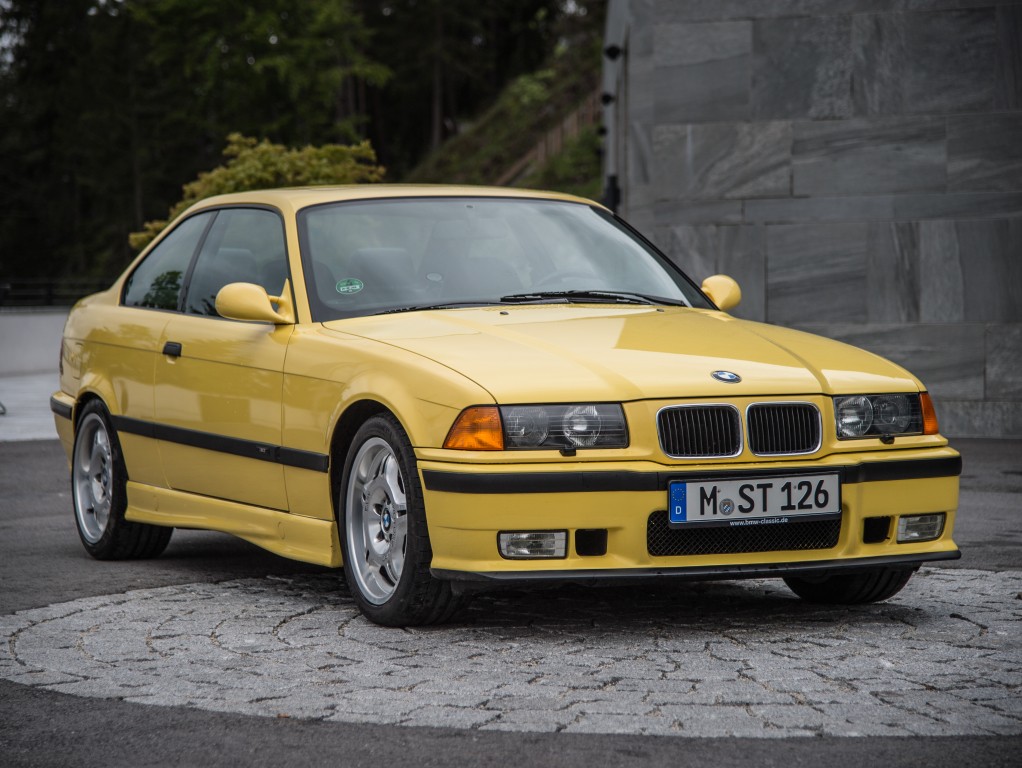
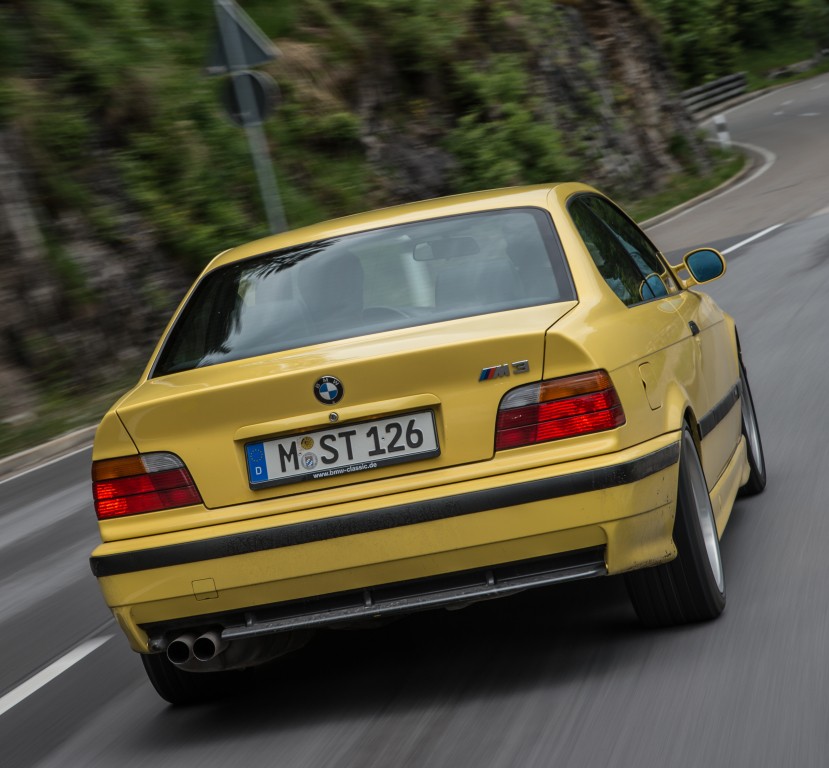
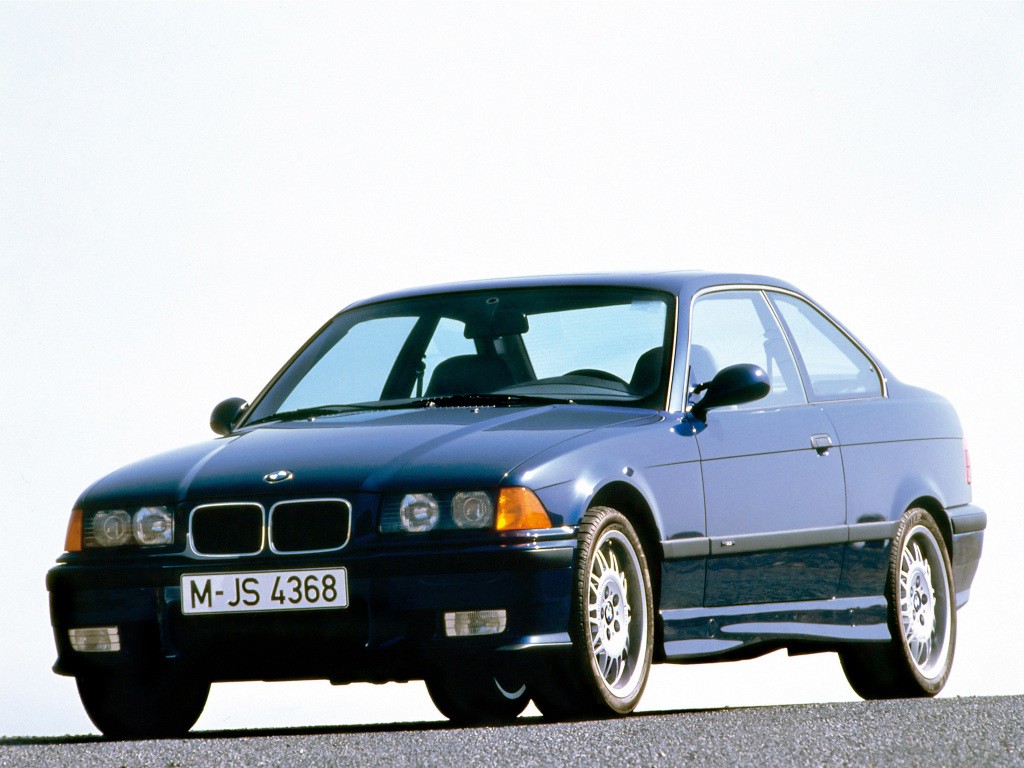
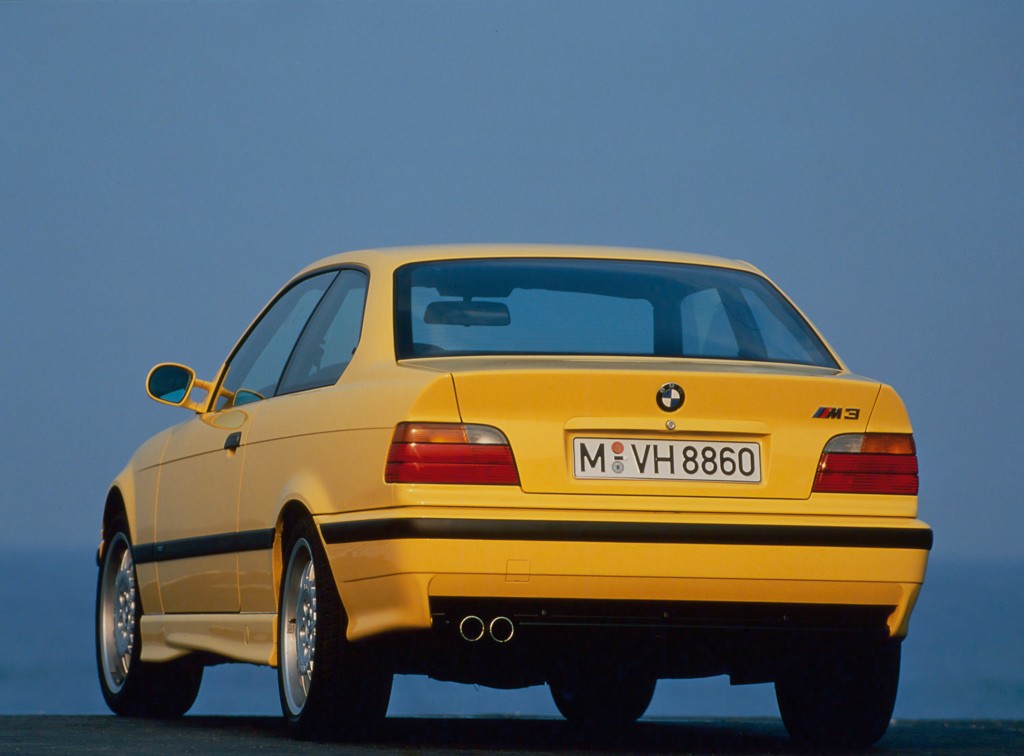
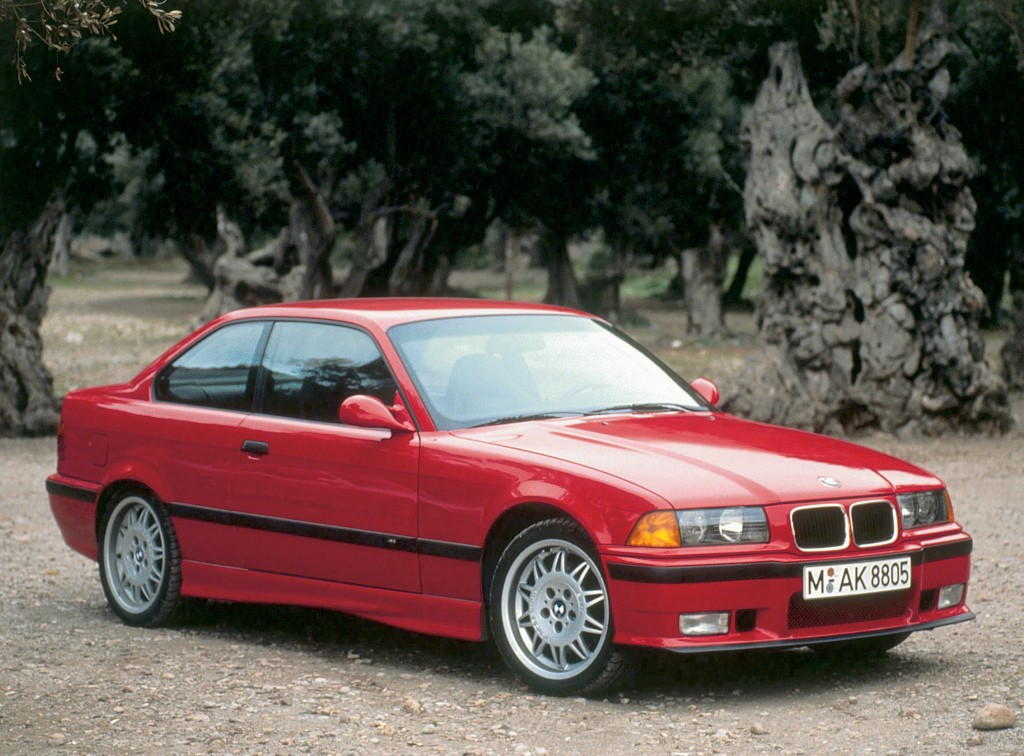
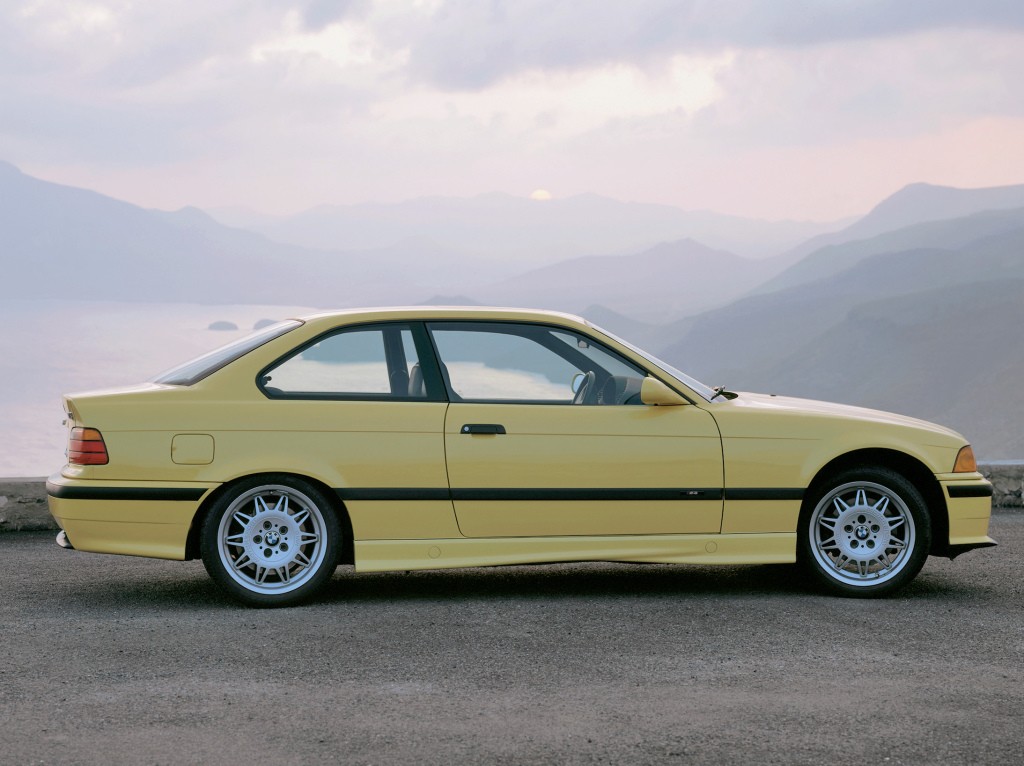
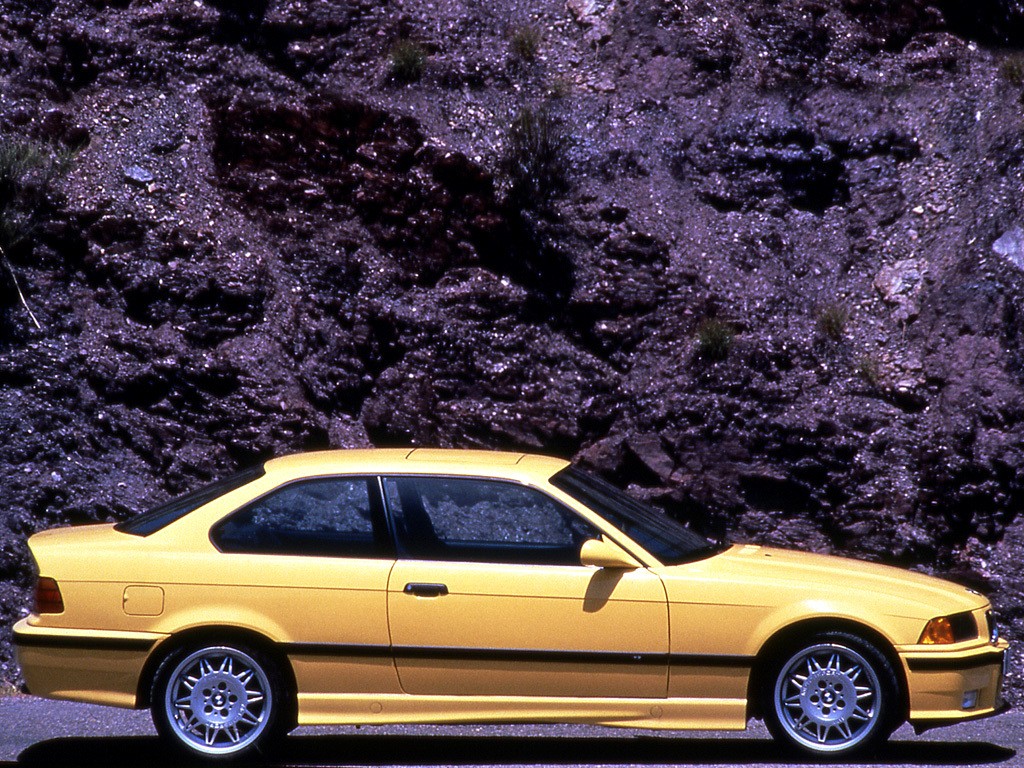
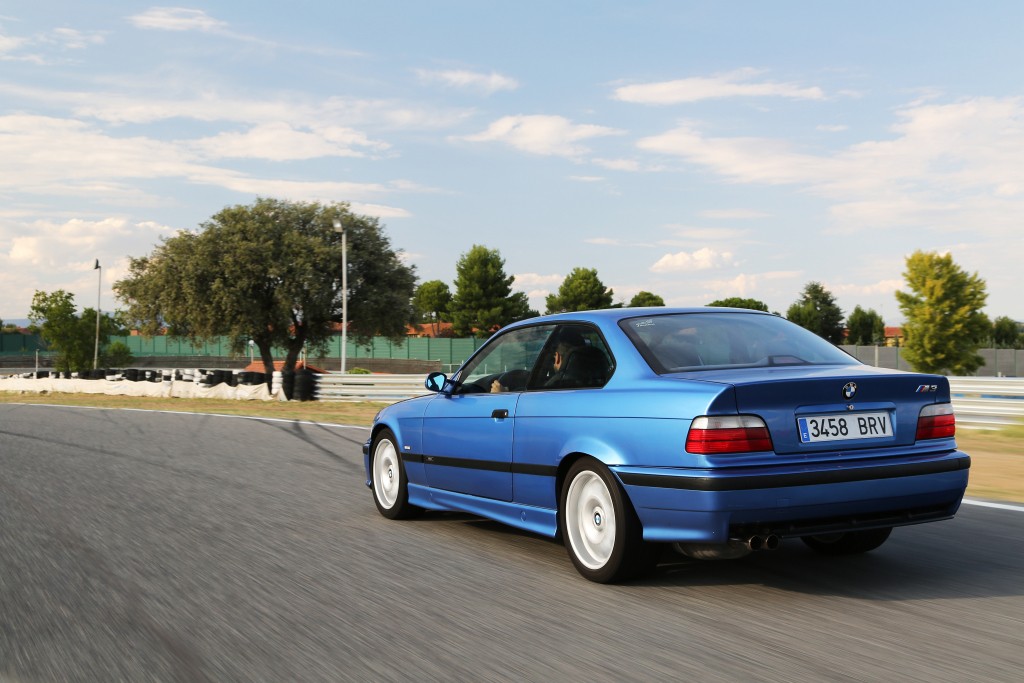
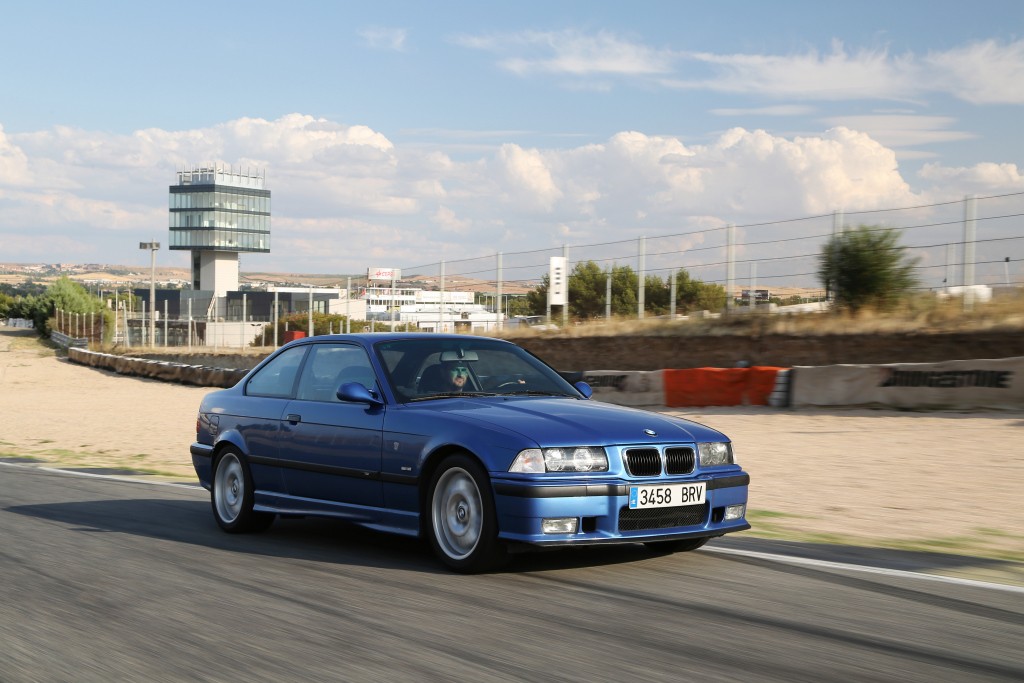
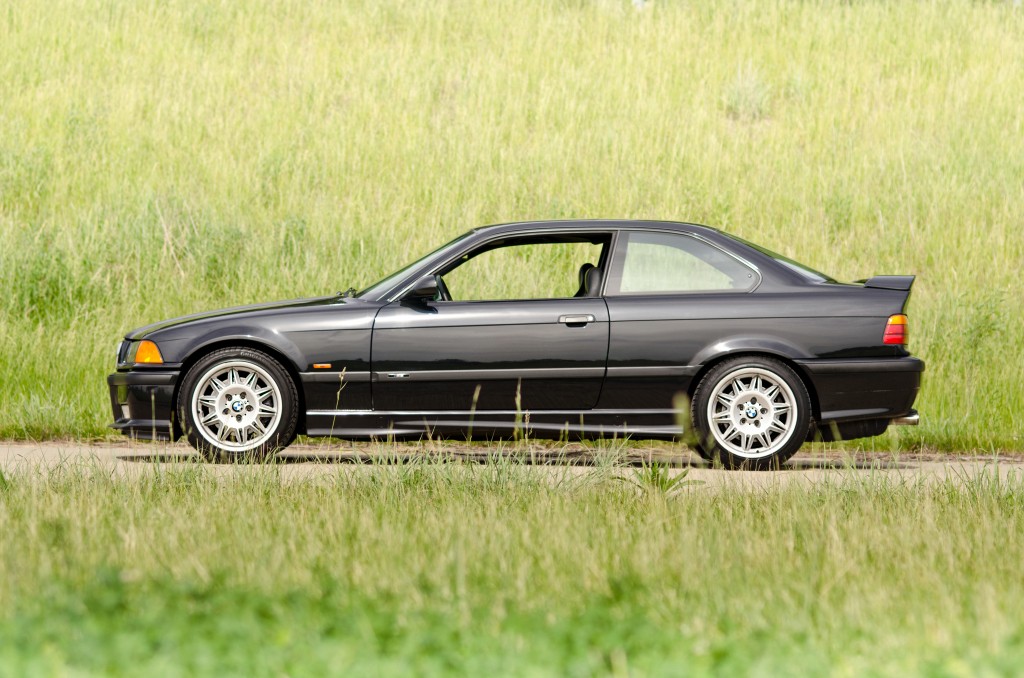
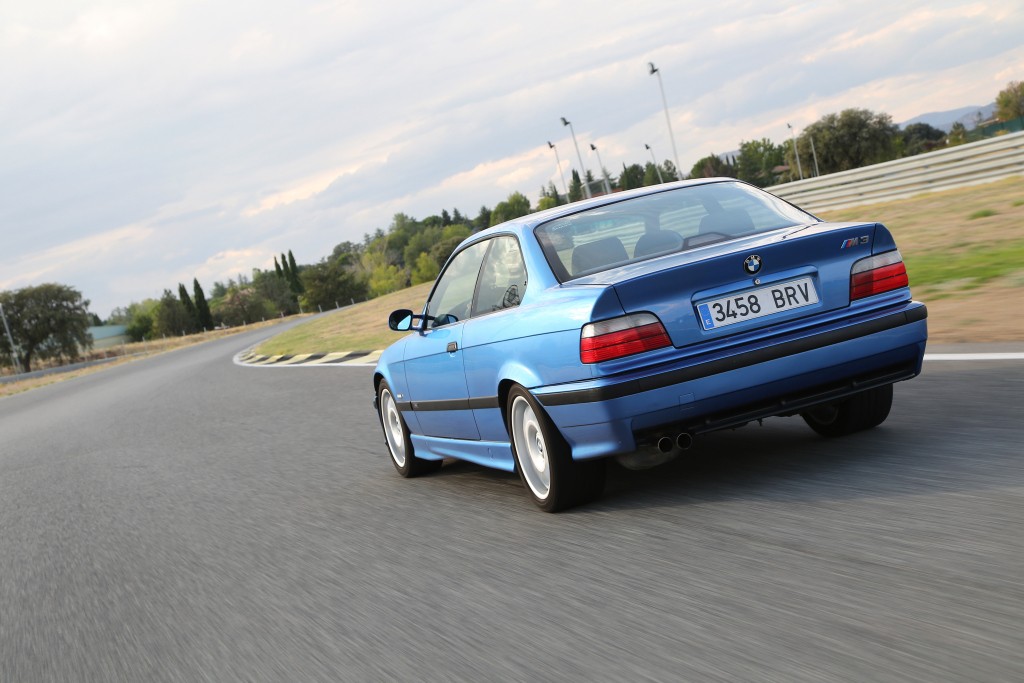

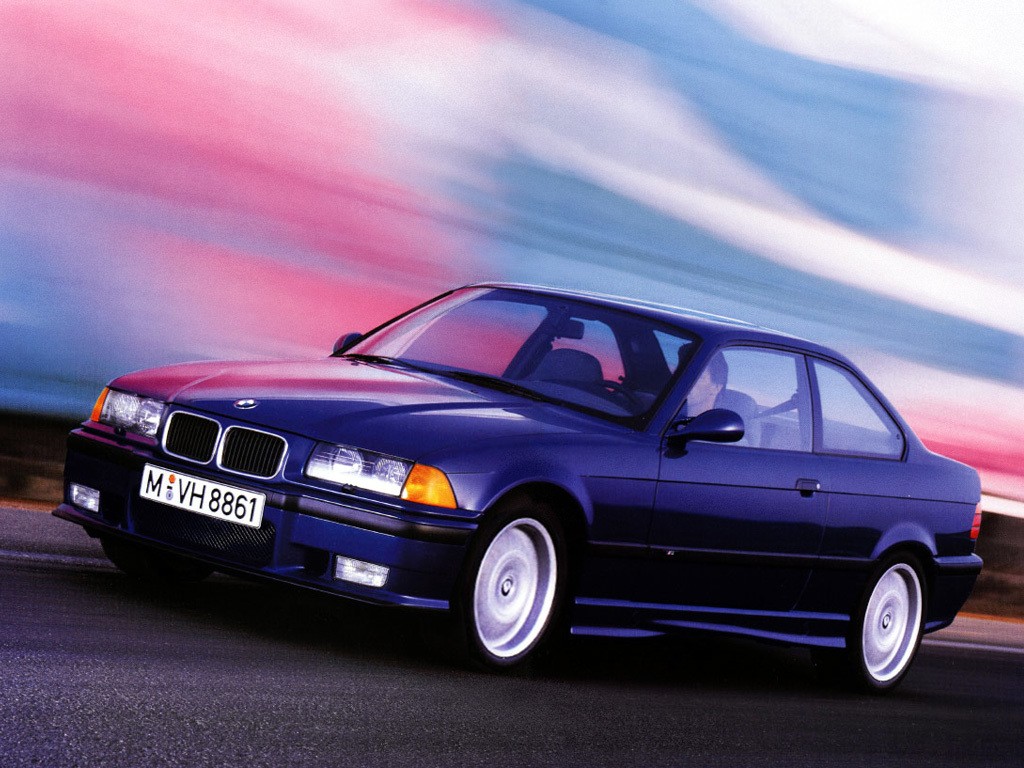
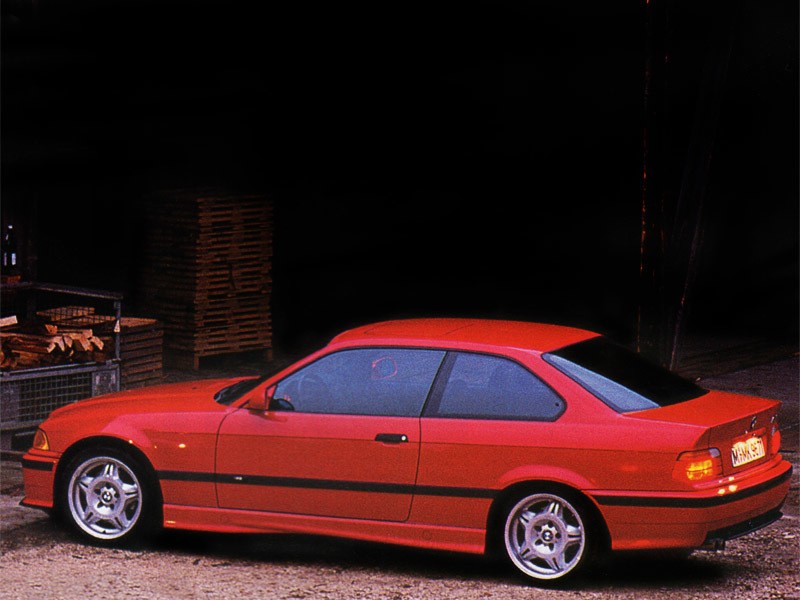
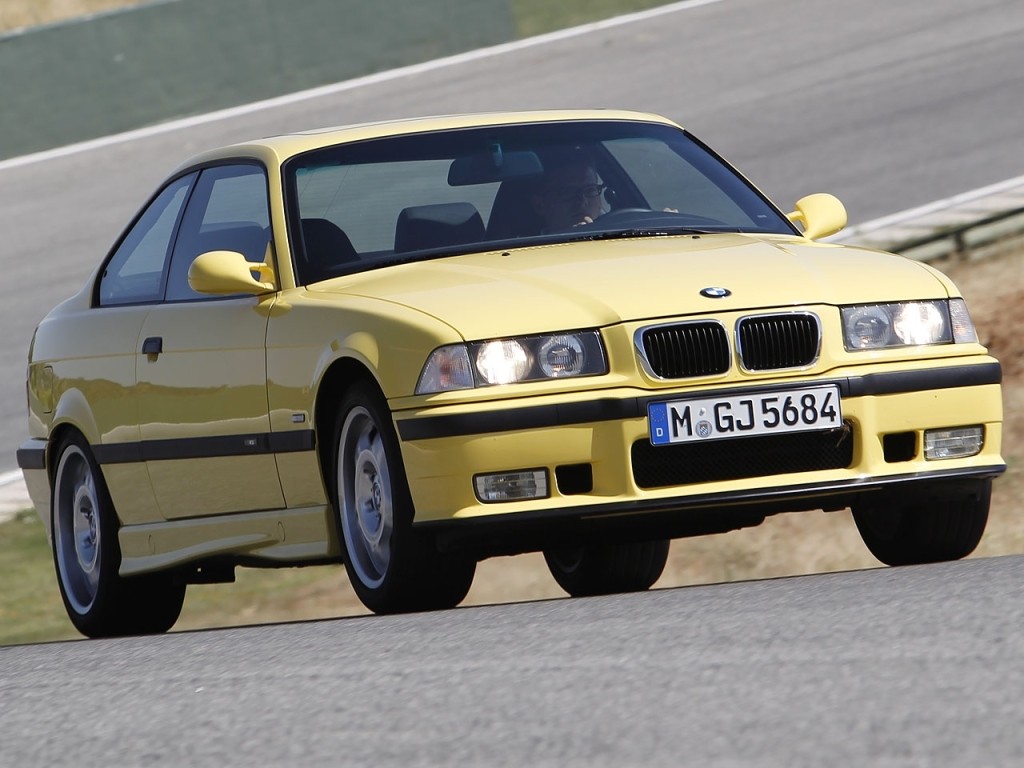
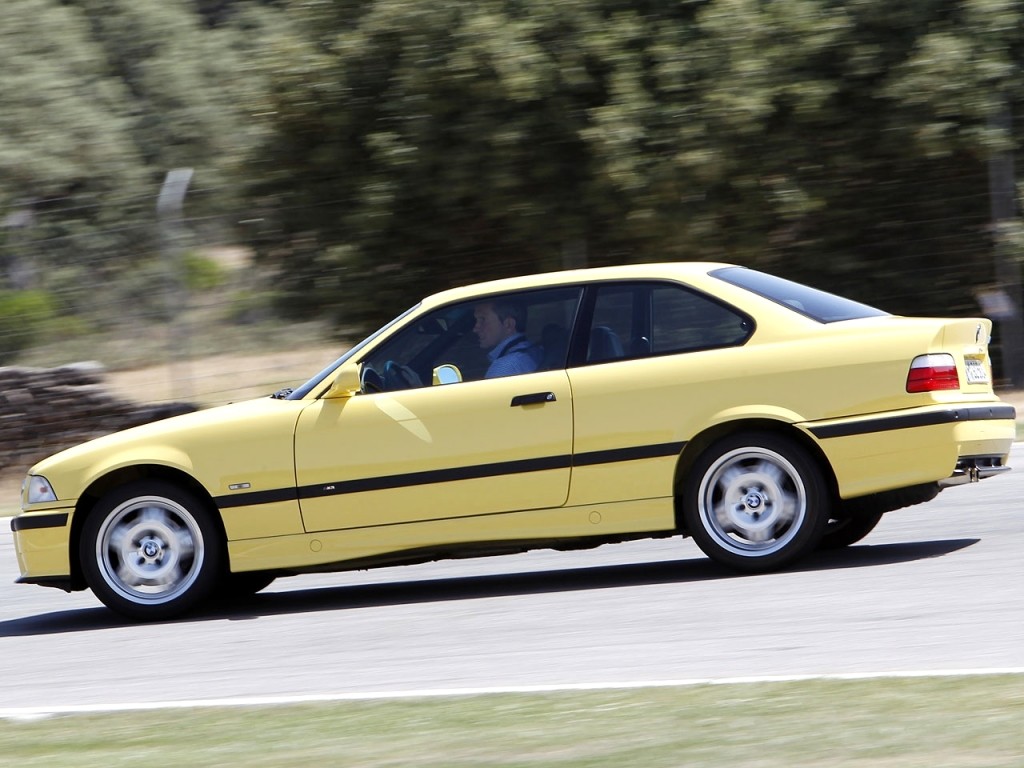
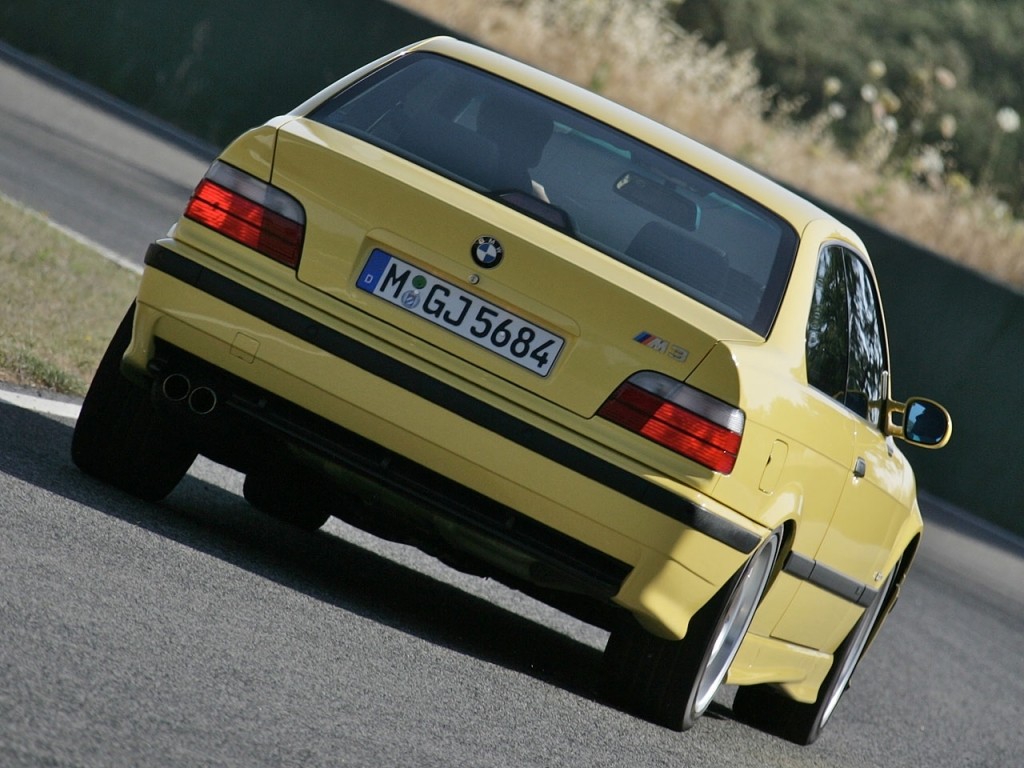
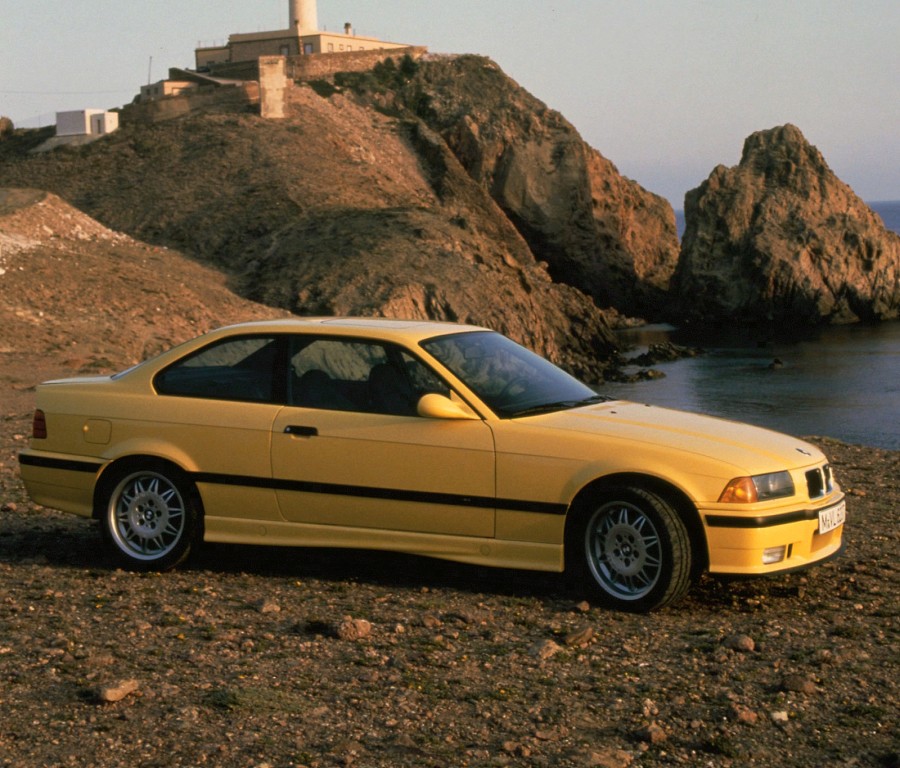
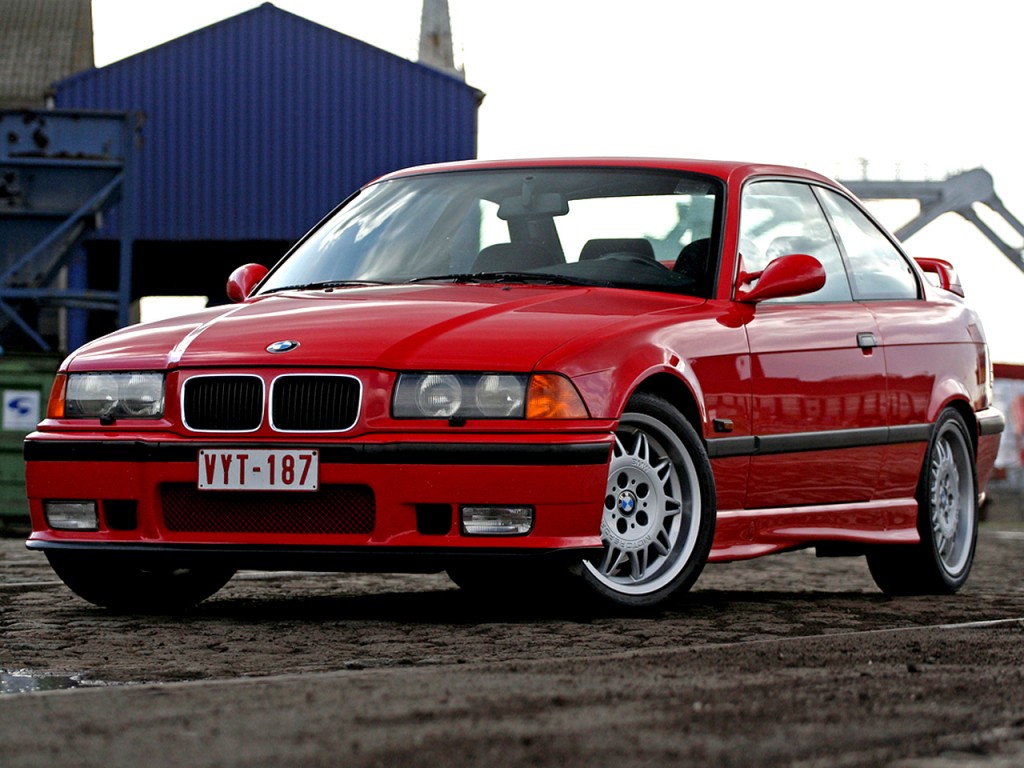
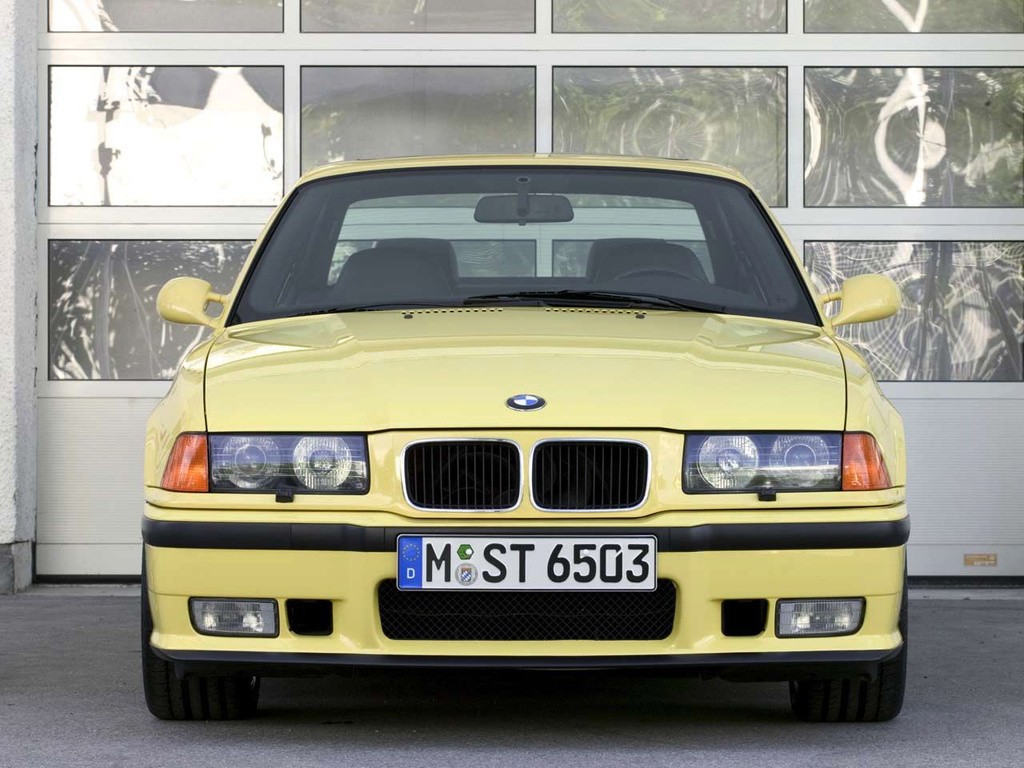
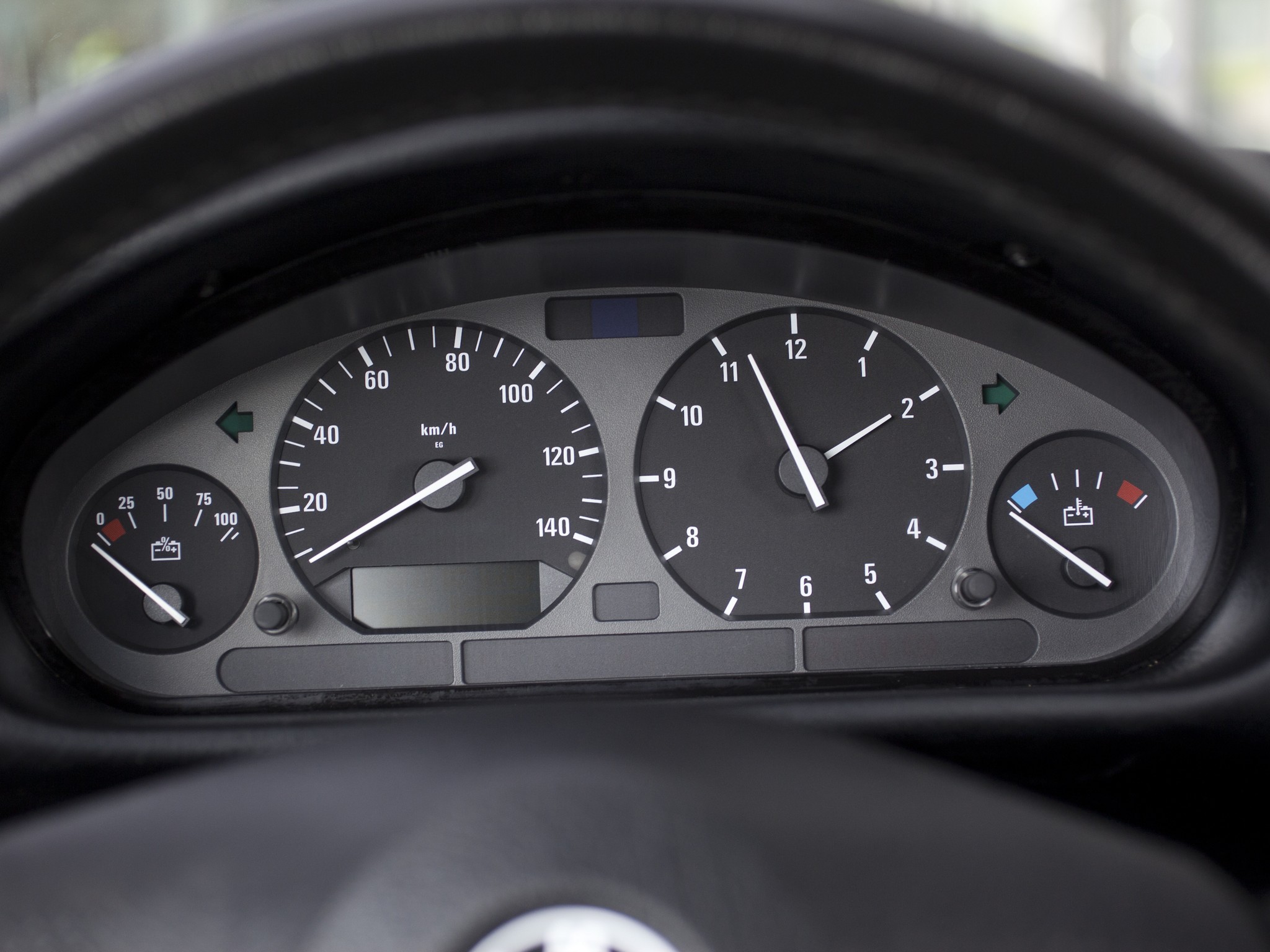

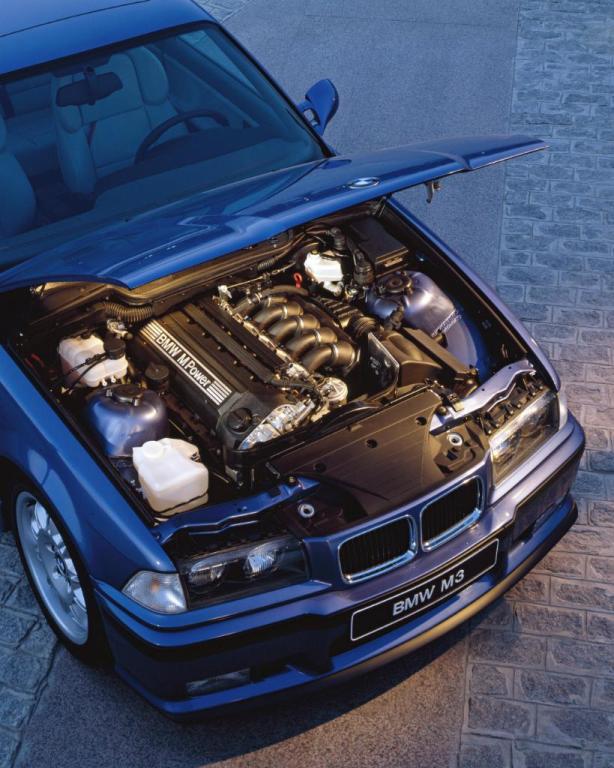
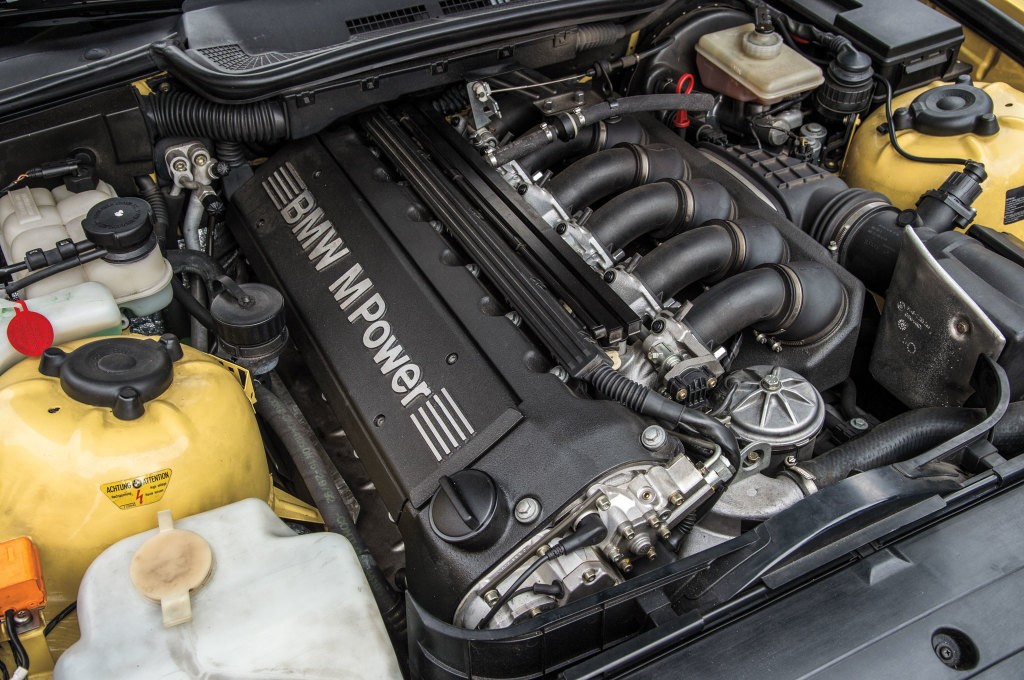
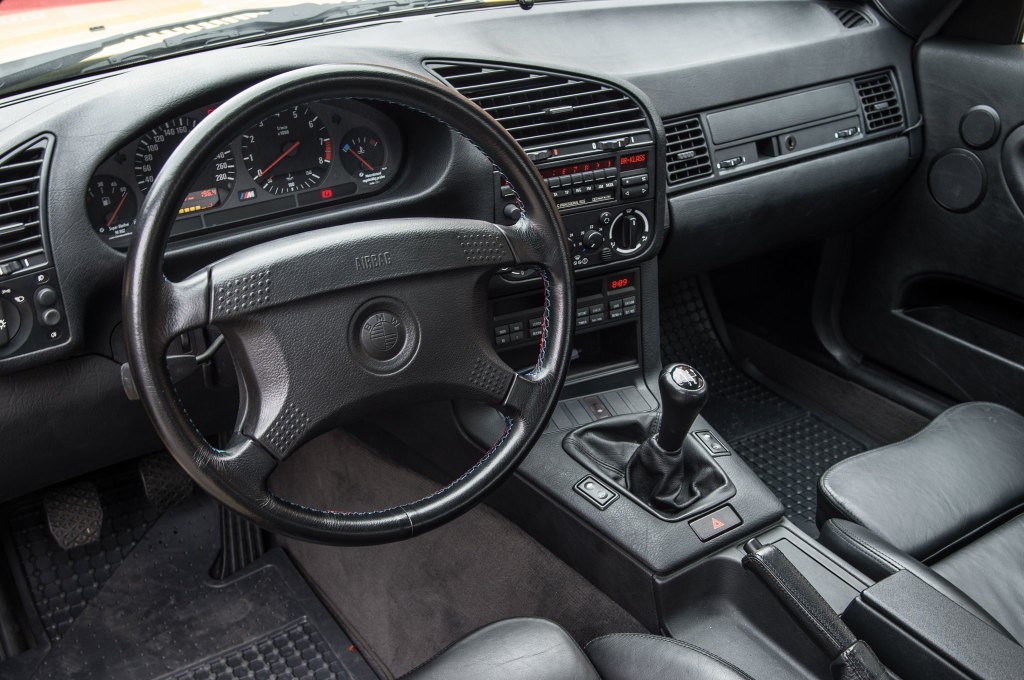
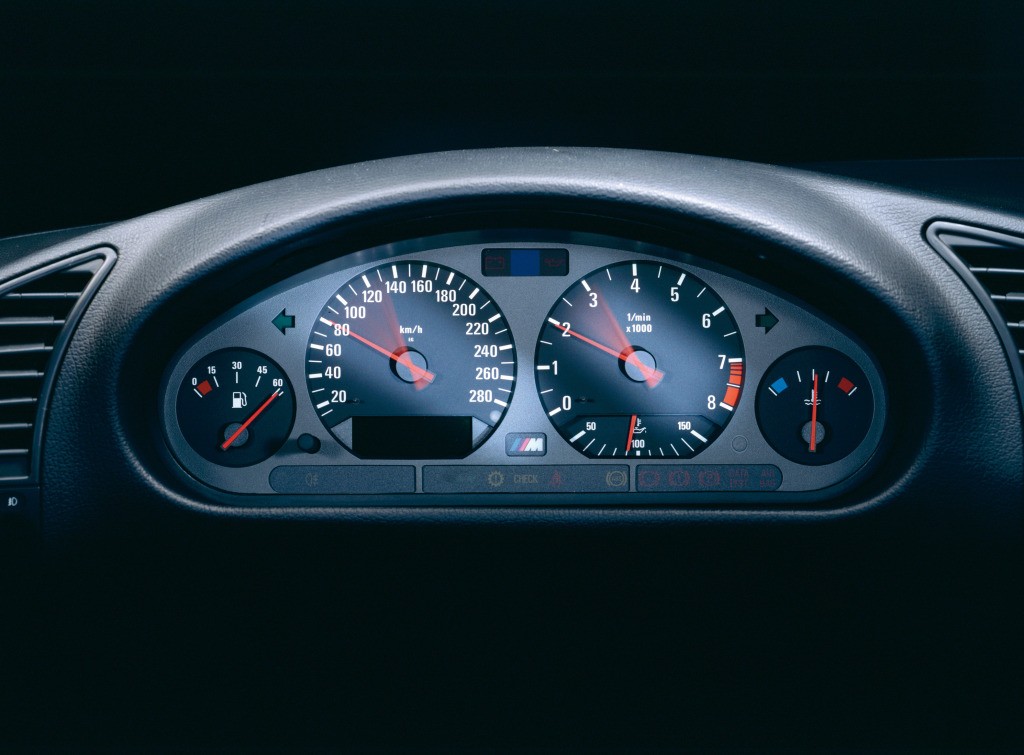
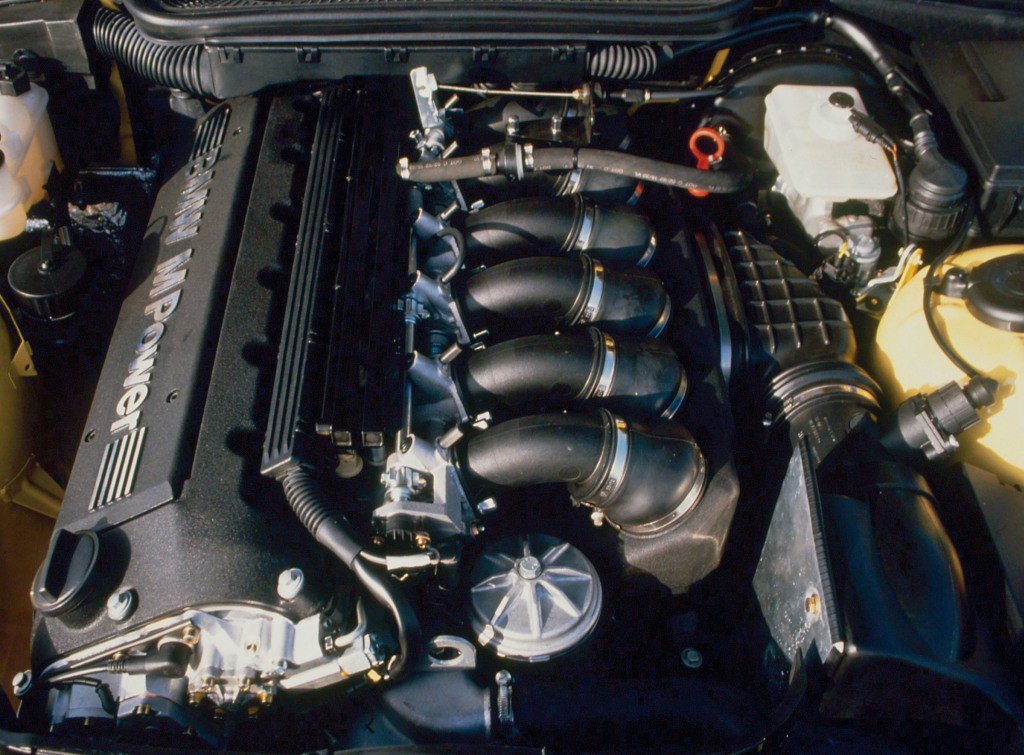
BMW didn’t rush the coupe of the third generation of the 3 Series into production and waited until it was sure that the sporty…
BMW didn’t rush the coupe of the third generation of the 3 Series into production and waited until it was sure that the sporty vehicle would dominate the segment.
Right after the unveiling of the E36 sedan, the carmaker’s fans waited for the coupe version. BMW promised them that it would not be just a two-door version of the four-door sedan, like the E30, but something better, and the automaker kept its word. While it shared many parts with its sedan stablemate, it was different in many ways. Even though it had the same platform and wheelbase as its family-oriented sports sedan, it had a stiffer suspension, better weight distribution, and even a new styling. Still, many parts were carried over to reduce production costs, but that didn’t bother anyone who wanted to drive an upscale, sporty-looking coupe that could move the way it looked.
At the front, the car featured rectangular headlights that protected the high and low beams under the same piece of glass. Its turn signals, even though they were separate parts, they looked like they were integrated into the headlights. Between them, the 1992 BMW 3 Series Coupe (E36) had the classic kidney grille, although it was wider and reimagined with a fresh look. Below, the automaker installed a wrapped-around plastic bumper that featured a center air intake in the middle flanked by the available fog lamps. These were standard for the higher-powered versions.
From the side, the raked windshield was tilted even more than on the sedan, and the greenhouse had a lower roof. As expected from a coupe, the doors were longer than on the sedan, and unlike them, they didn’t have a window frame. Behind them, the glass area for the rear-seated passengers featured a pop-out system that allowed for quick opening to refresh the cabin’s interior. Behind the rear sloped-down window, the automaker installed a short deck, emphasizing the car’s sporty look. Out back, the corner-mounted taillights were extended on the trunk lid, thus making the vehicle look wider, while at the lower side, the bumper had a body-colored apron ending with a black trim.
Inside, the dashboard was carried over from the sedan and had a center stack wider than on the E30 3 Series. It was neatly integrated into the overall design and looked like an extension of the instrument cluster. There, the automaker placed the stereo in an upper position for convenient access and offered a ten-speaker cassette player and a CD changer with ten discs, while lower was the HVAC. On the center console, the automaker placed the gear stick, or the gear selector for the automatic transmission versions, and the buttons for the power windows. BMW installed manual bucket seats with high-bolstered areas for the front passengers. They had several adjustments, including on height, which was sometimes useless since the roof was very low. In the back, the split-folding (50/50) bench seat could accommodate two passengers, although legroom and headroom were limited.
Under the hood, the 1992 BMW 3 Series Coupe (E36) came with a choice of gasoline and diesel engines, ranging between 102 PS (101 hp) and 193 PS (190 hp), depending on the market. All versions sent their torque to the rear wheels via a row-your-own-gears five-speed manual or a GM-sourced four-speed automatic. Surprisingly, BMW didn’t provide an all-wheel drive version for the E36, a feat that was available in the previous generation of the 3 series.
Begijnhof, 8000 Brugge, Belgium
Begijnhof, 8000 Brugge, Belgium
Begijnhof, 8000 Brugge, Belgium
Begijnhof, 8000 Brugge, Belgium
Begijnhof, 8000 Brugge, Belgium
Begijnhof, 8000 Brugge, Belgium
Begijnhof, 8000 Brugge, Belgium
Begijnhof, 8000 Brugge, Belgium
Begijnhof, 8000 Brugge, Belgium
Begijnhof, 8000 Brugge, Belgium
Offer an price, more info or anything you want
Consumer reviews